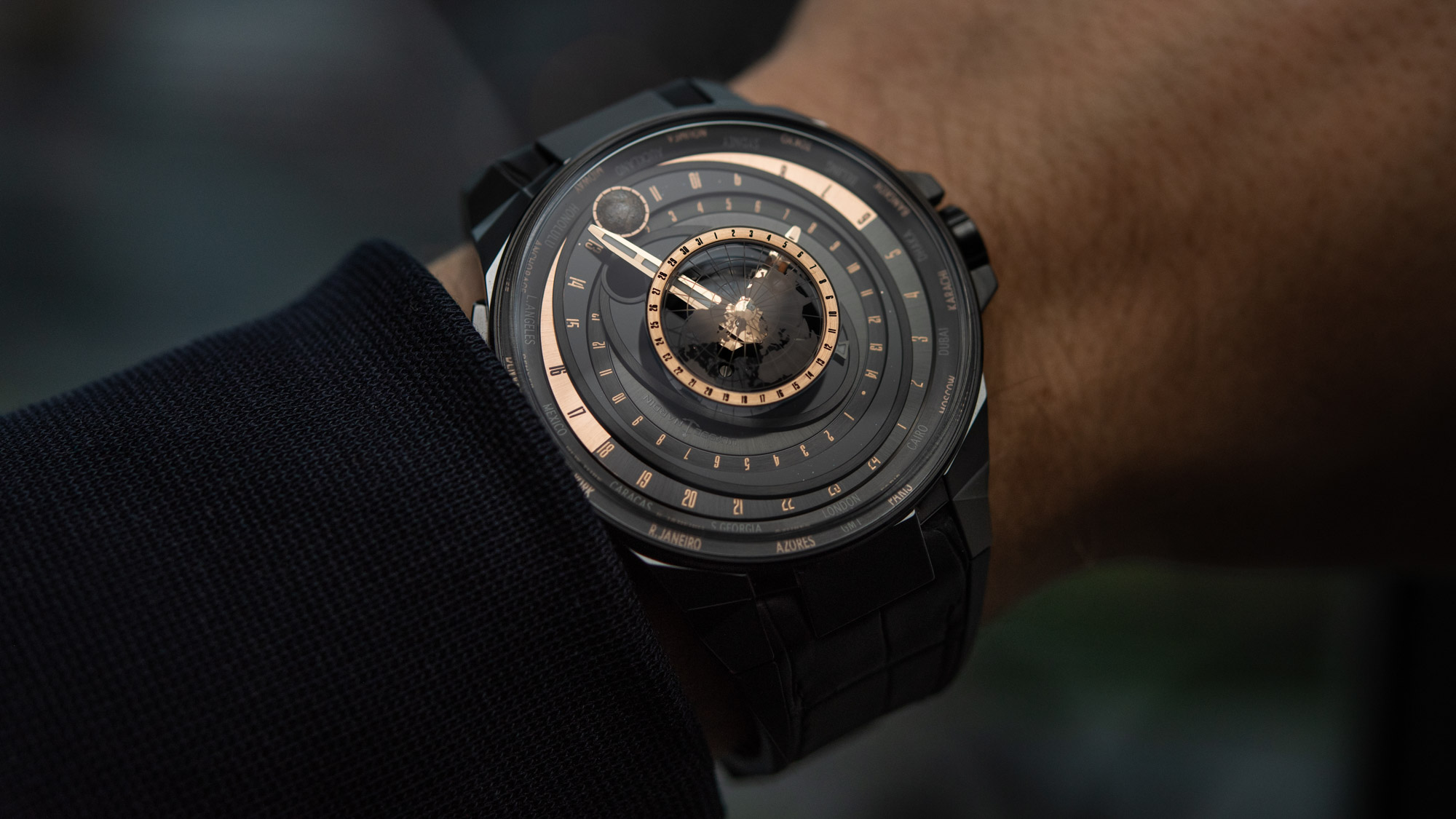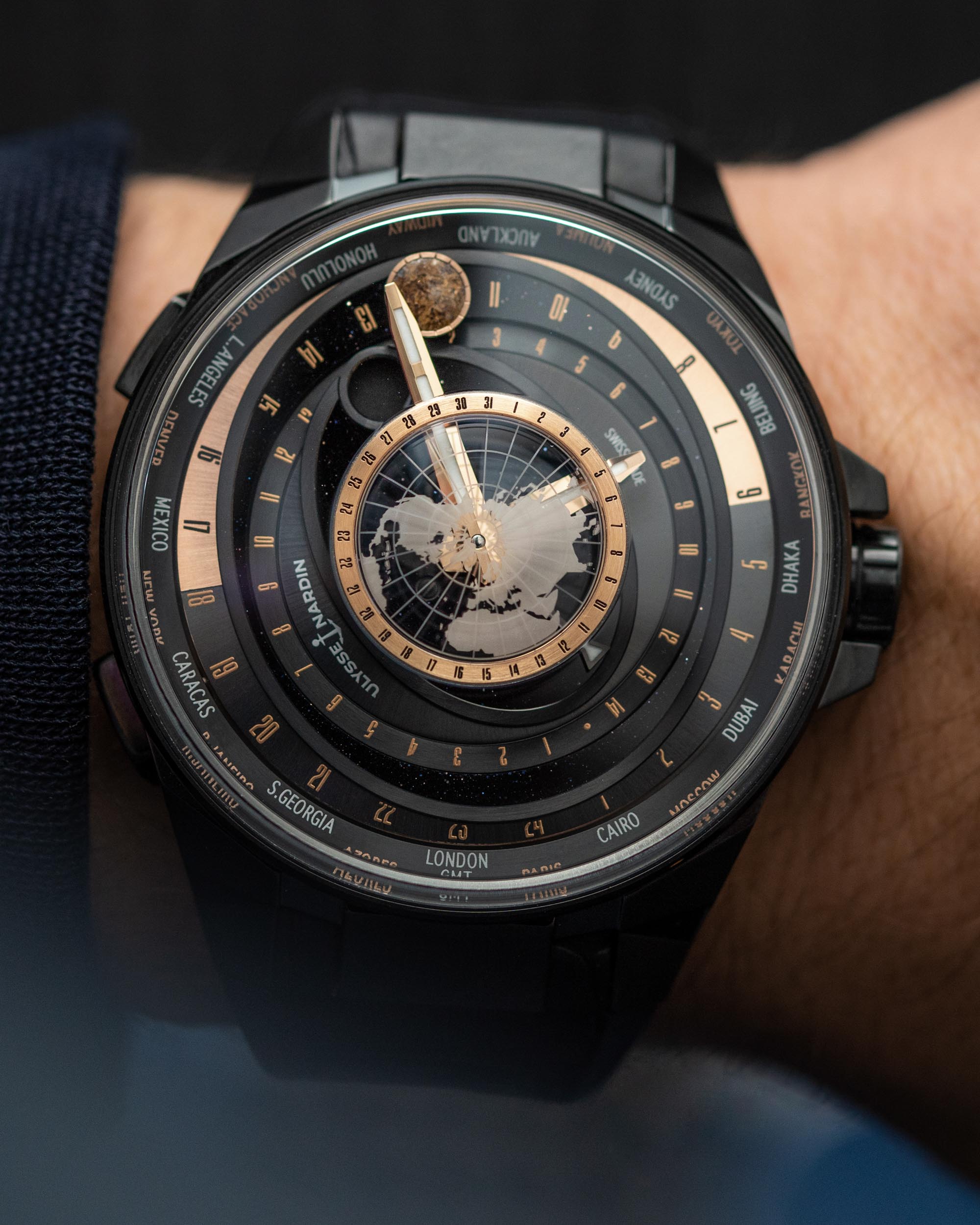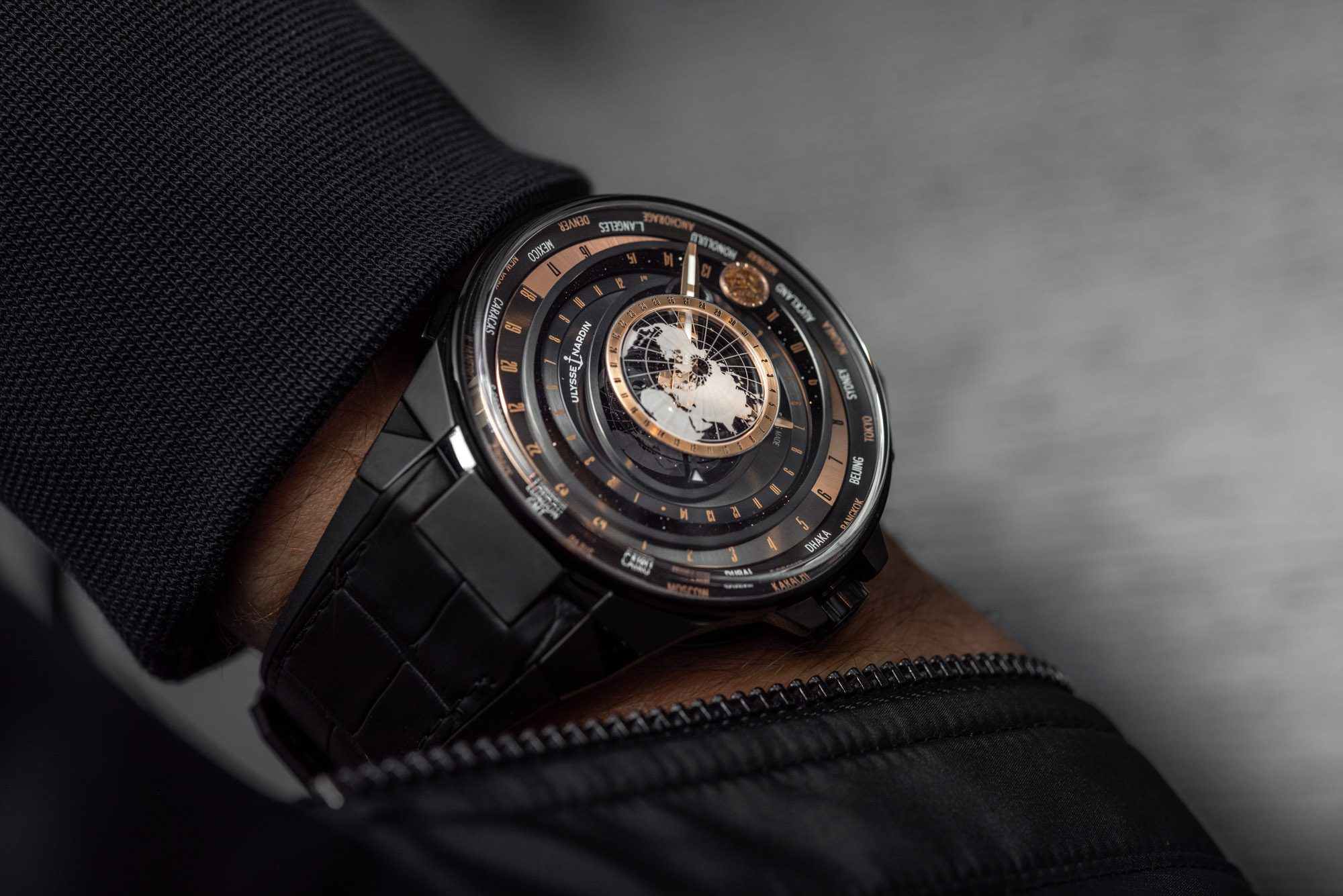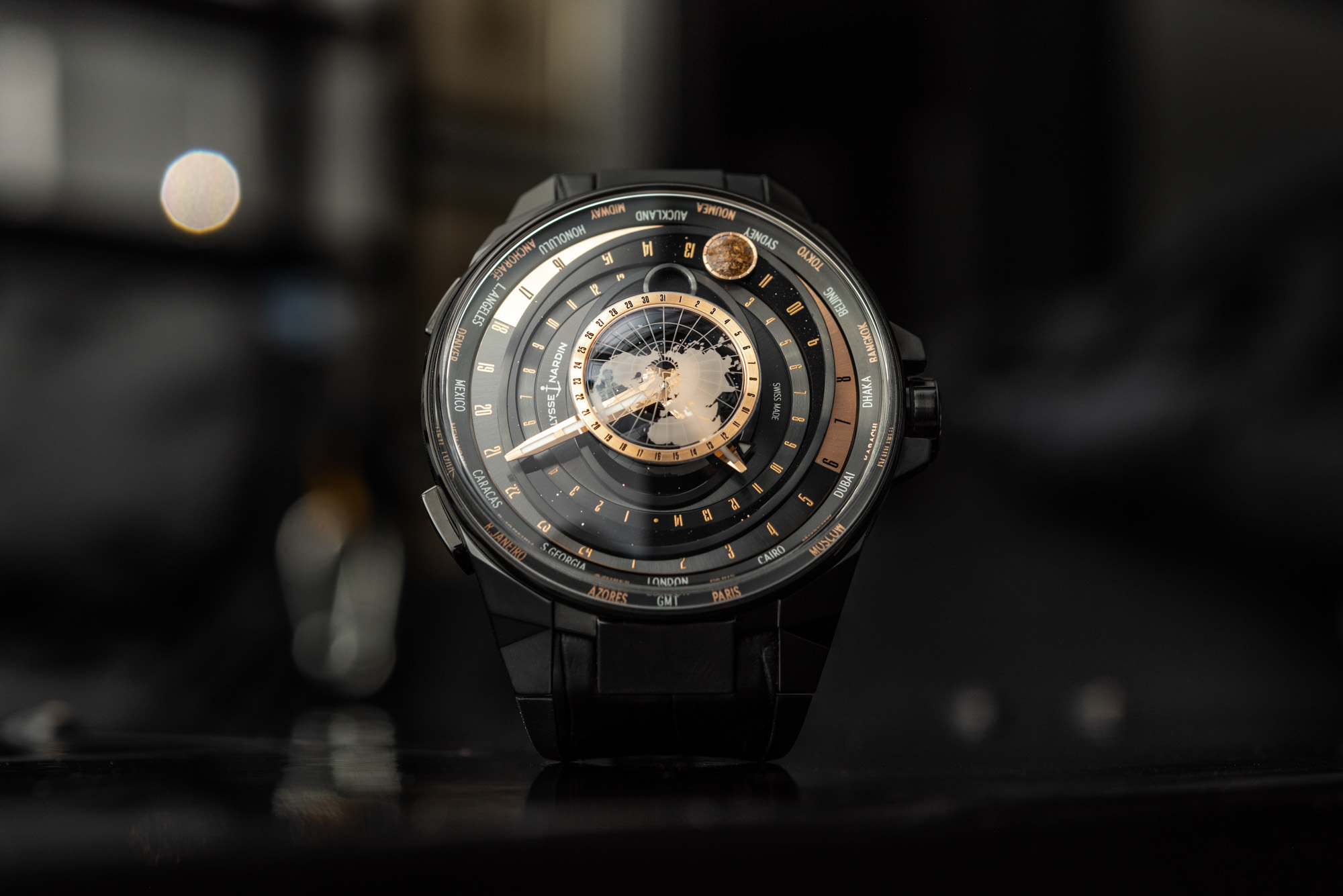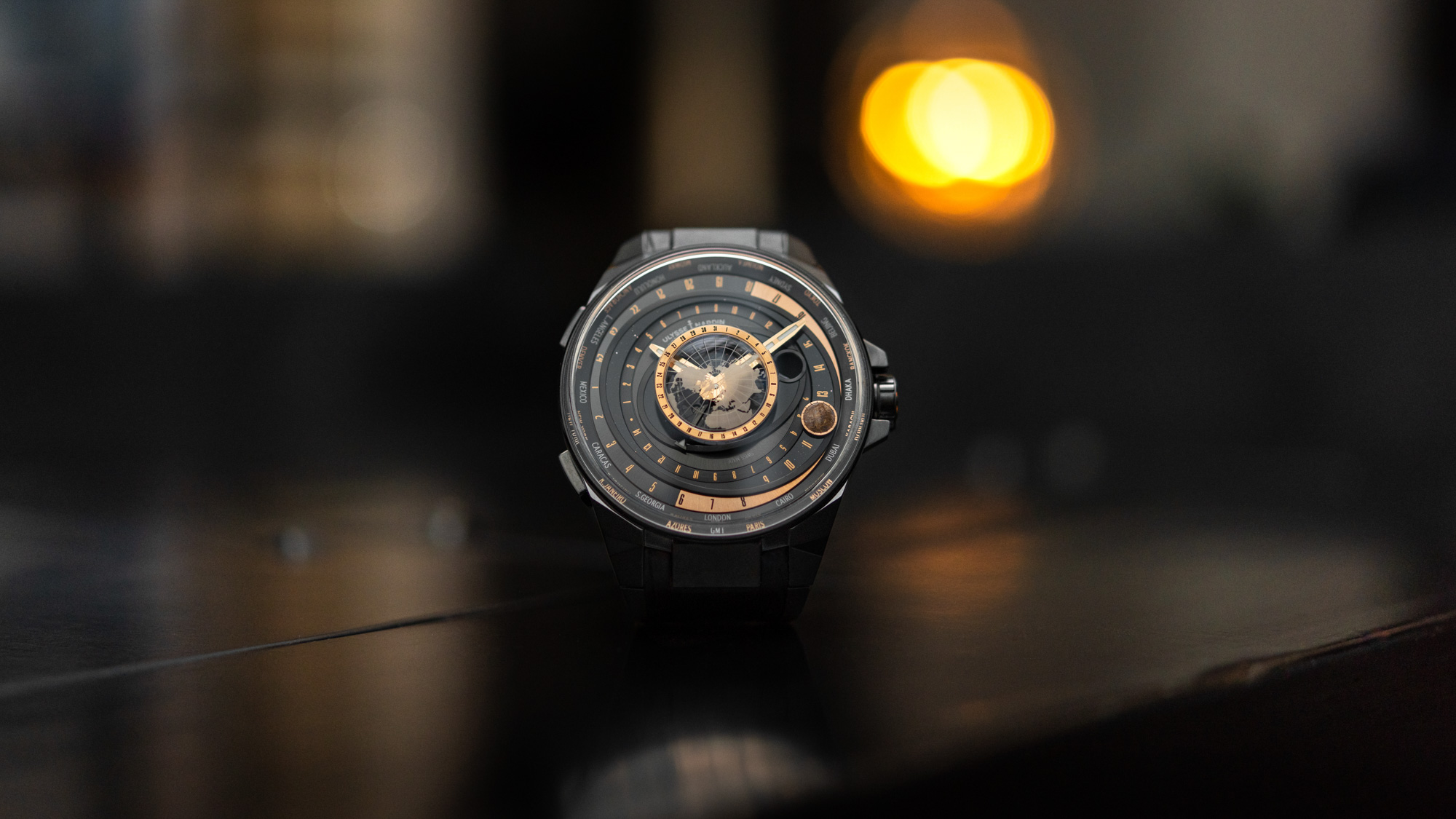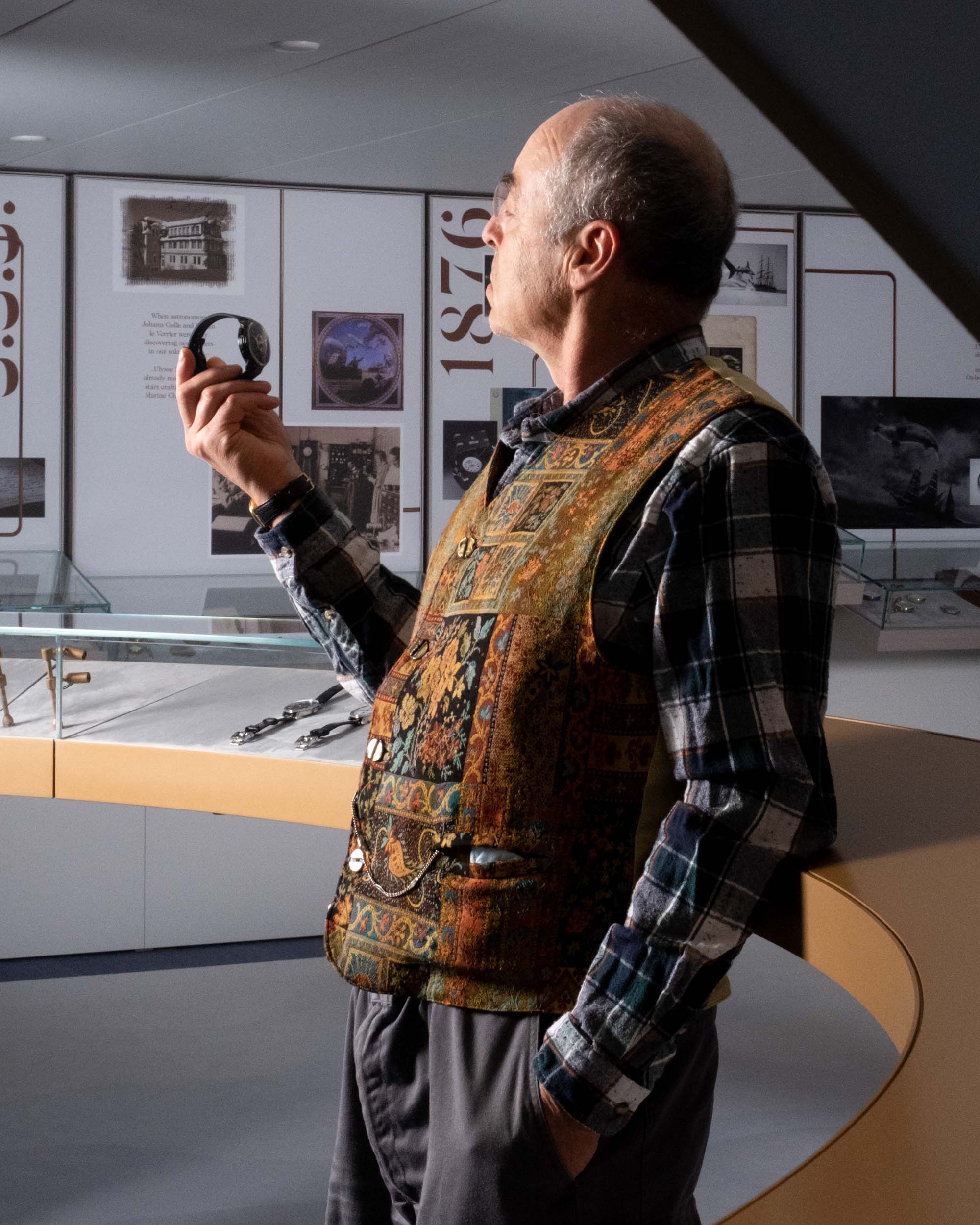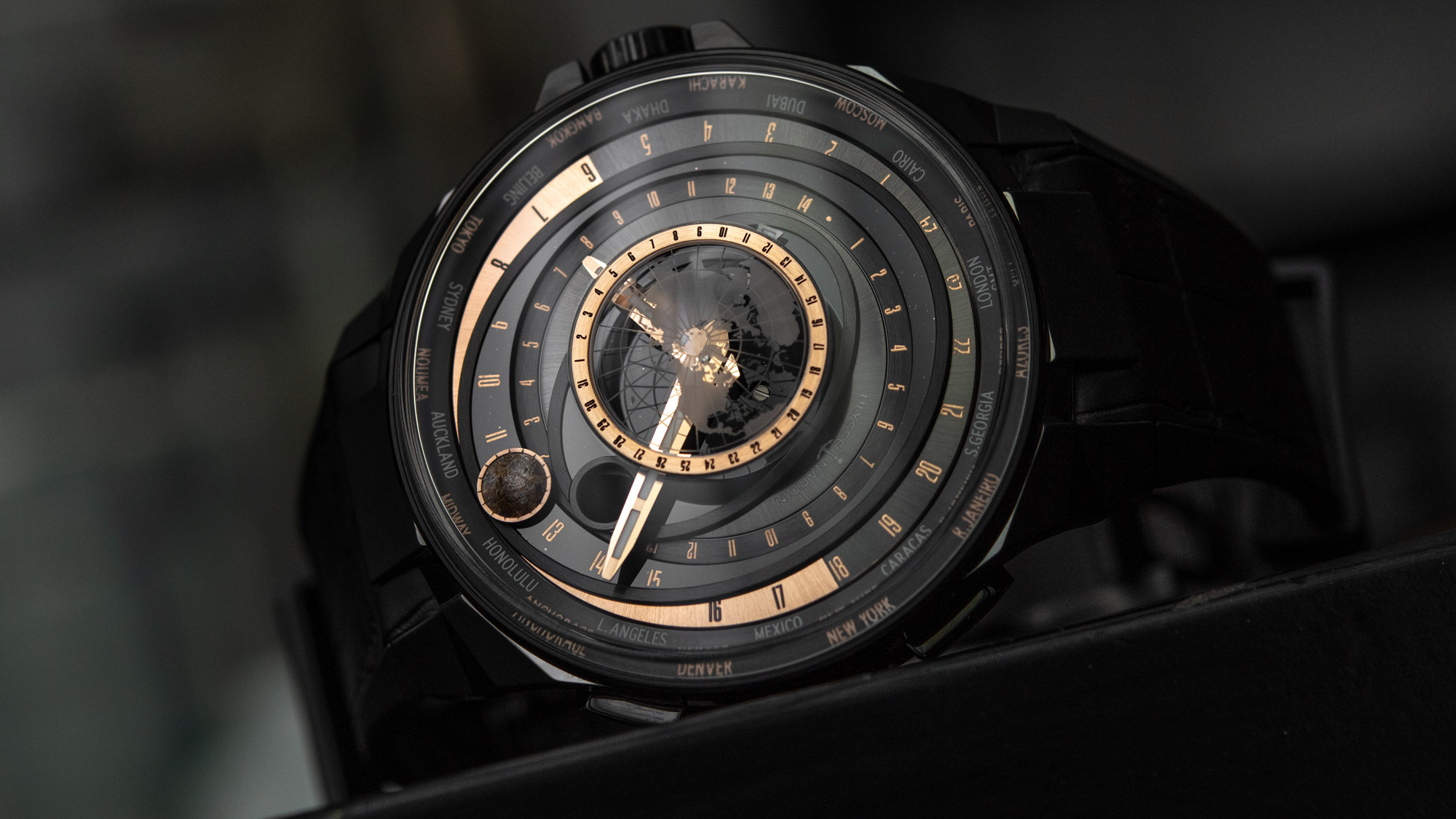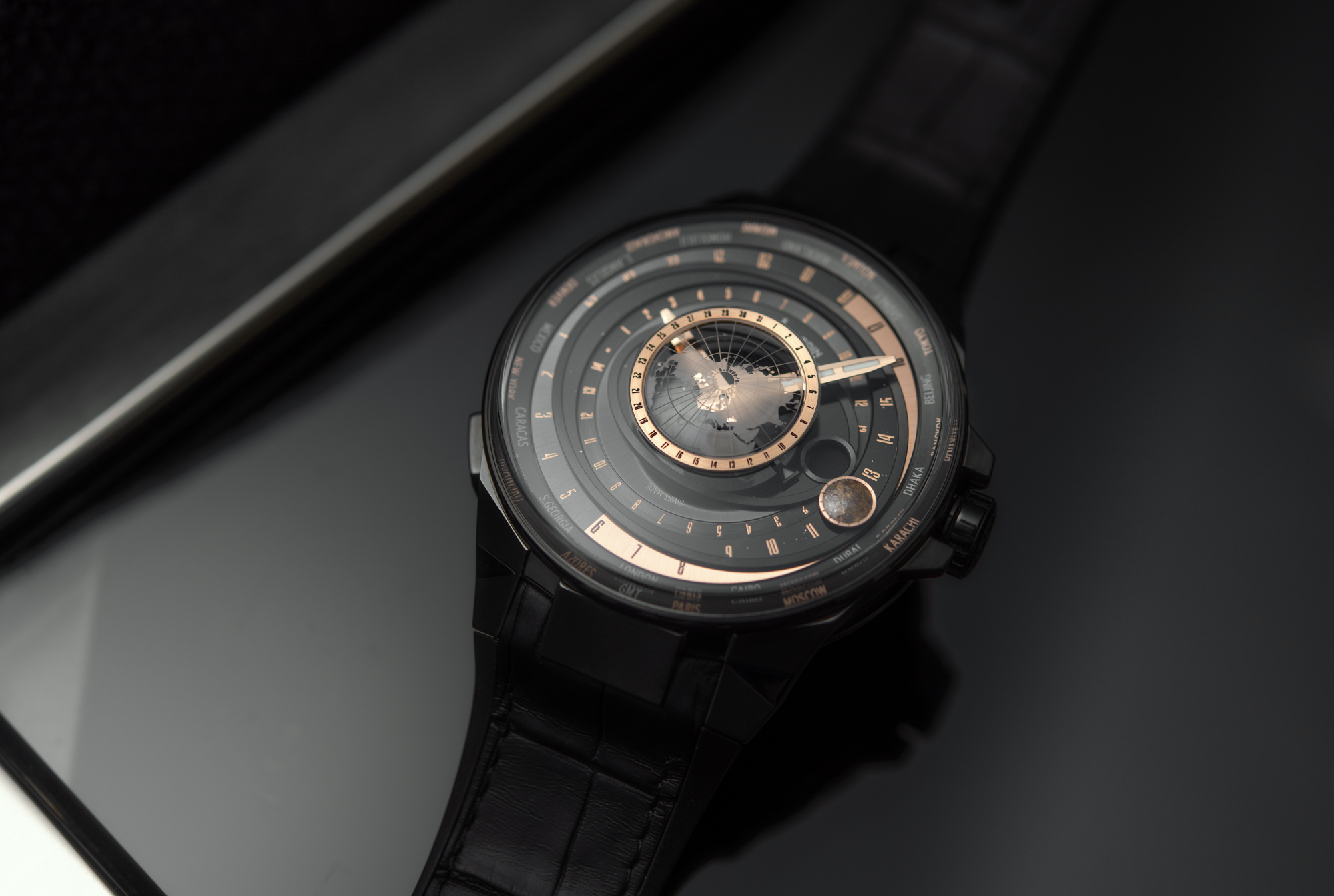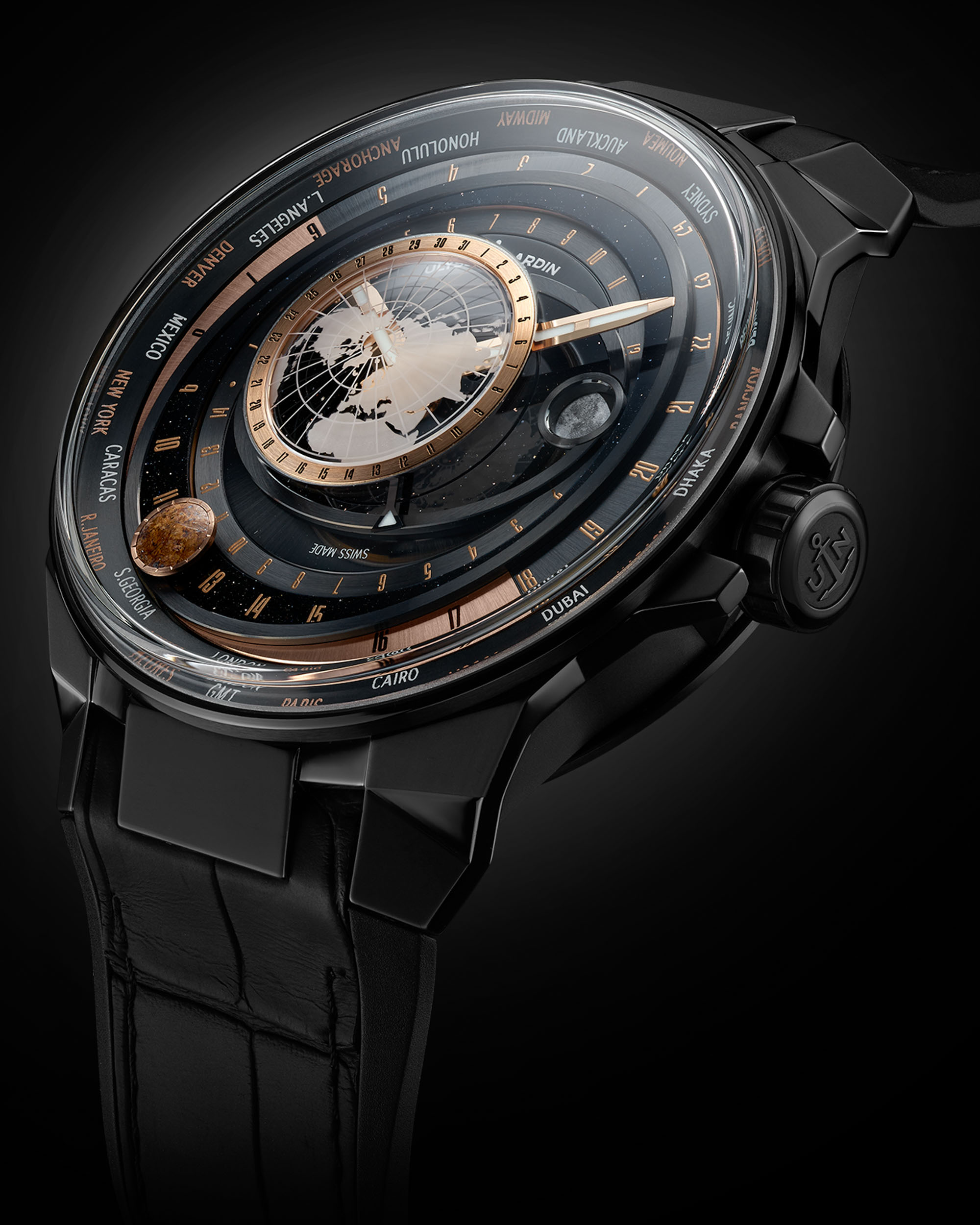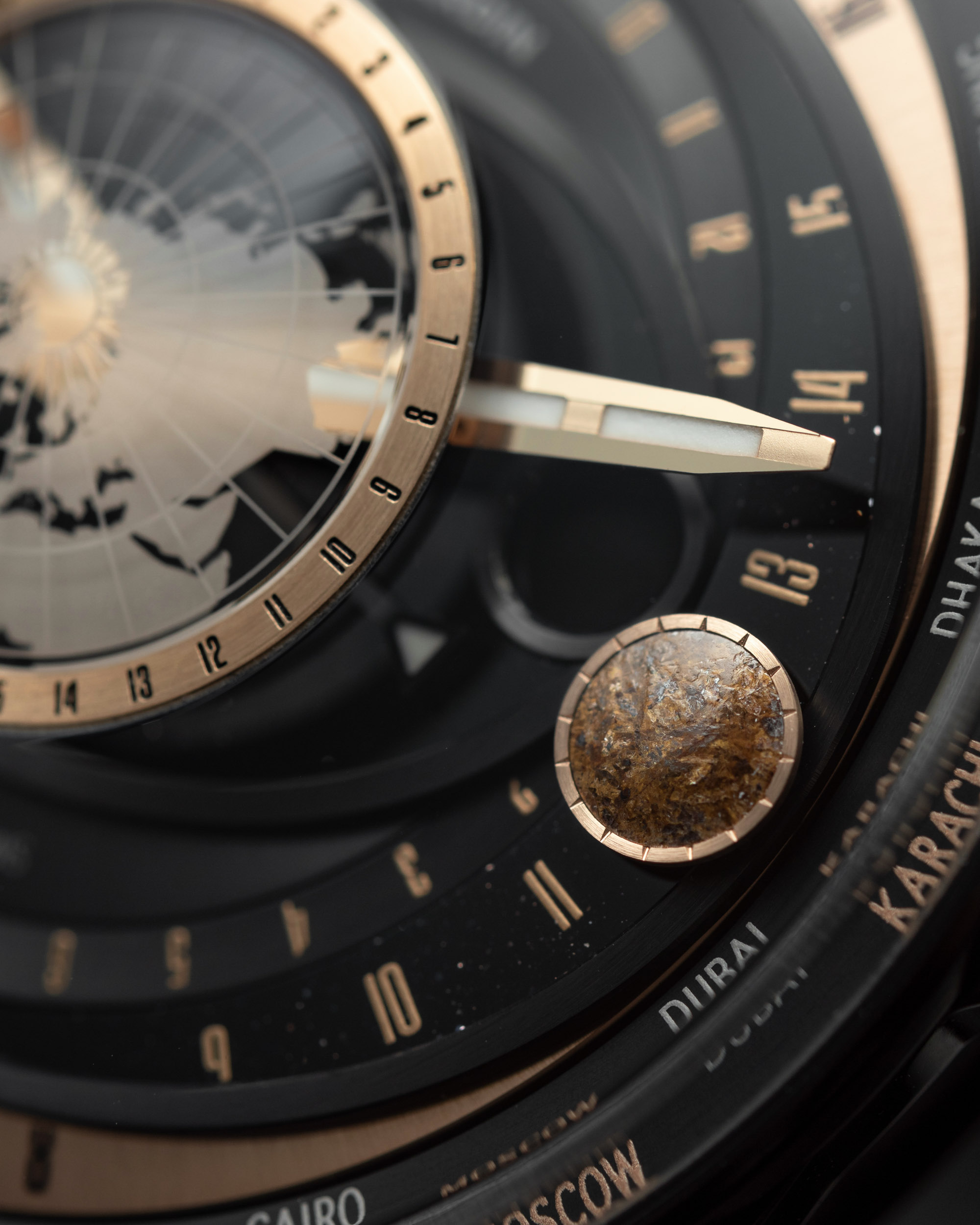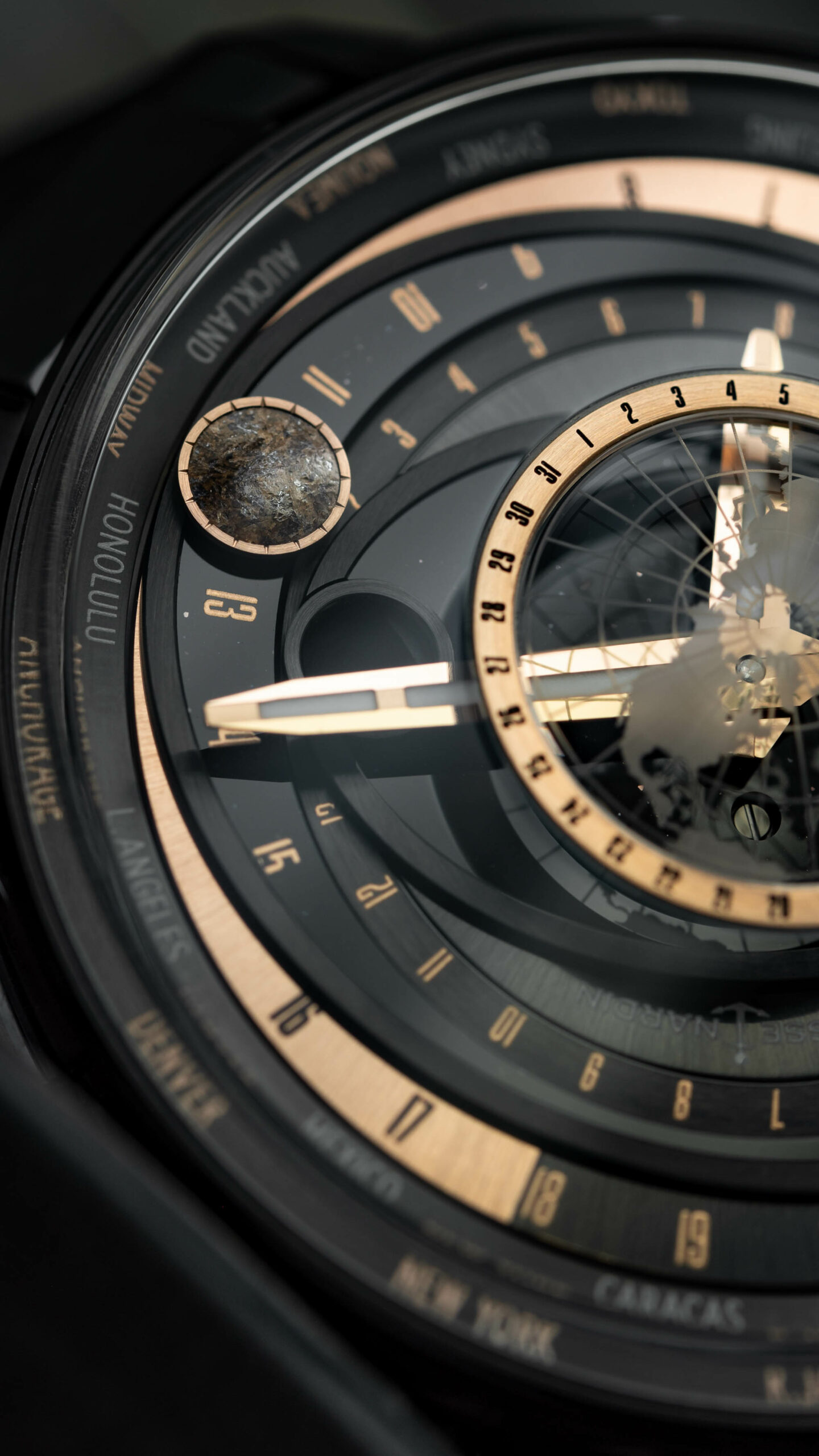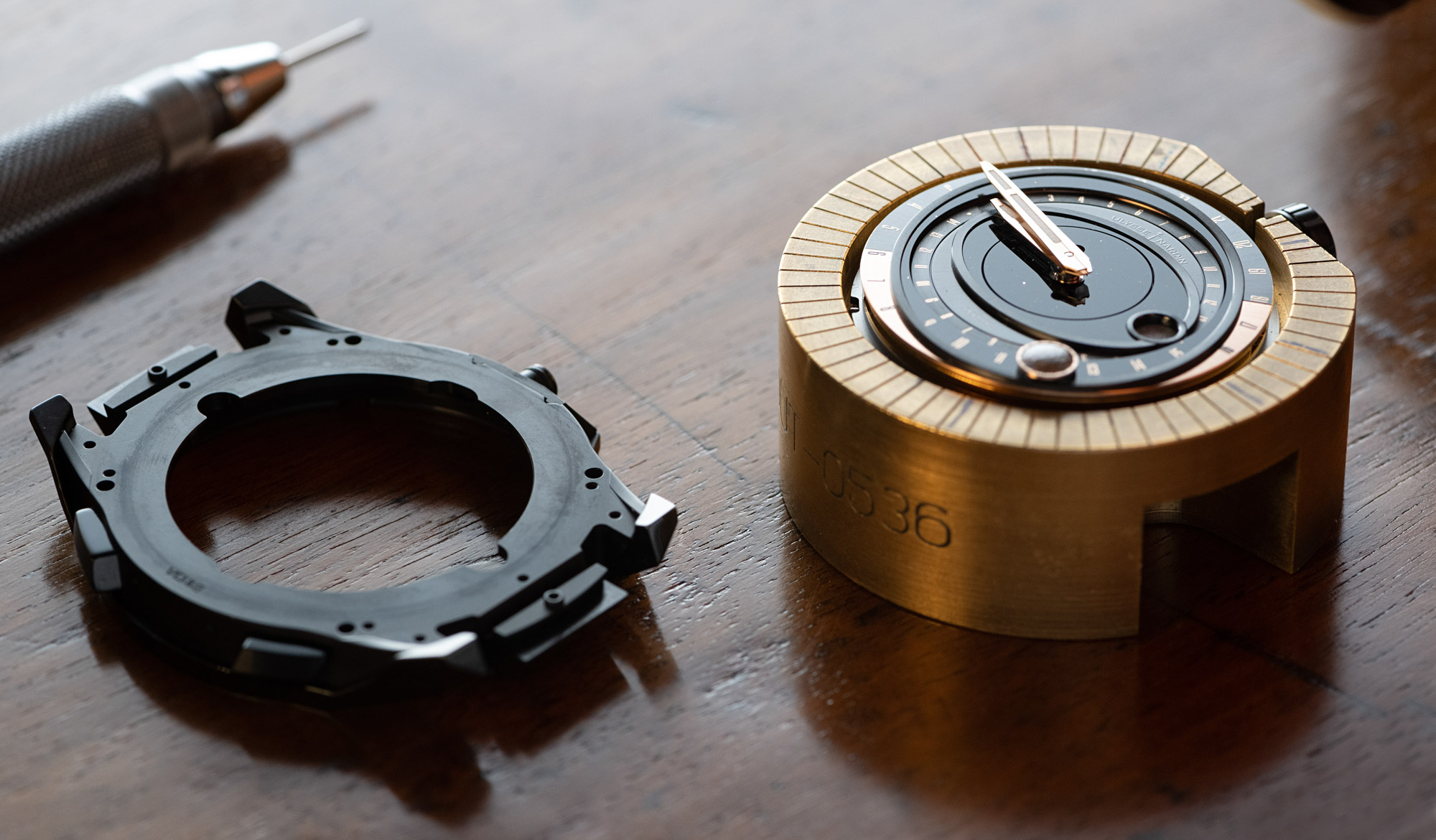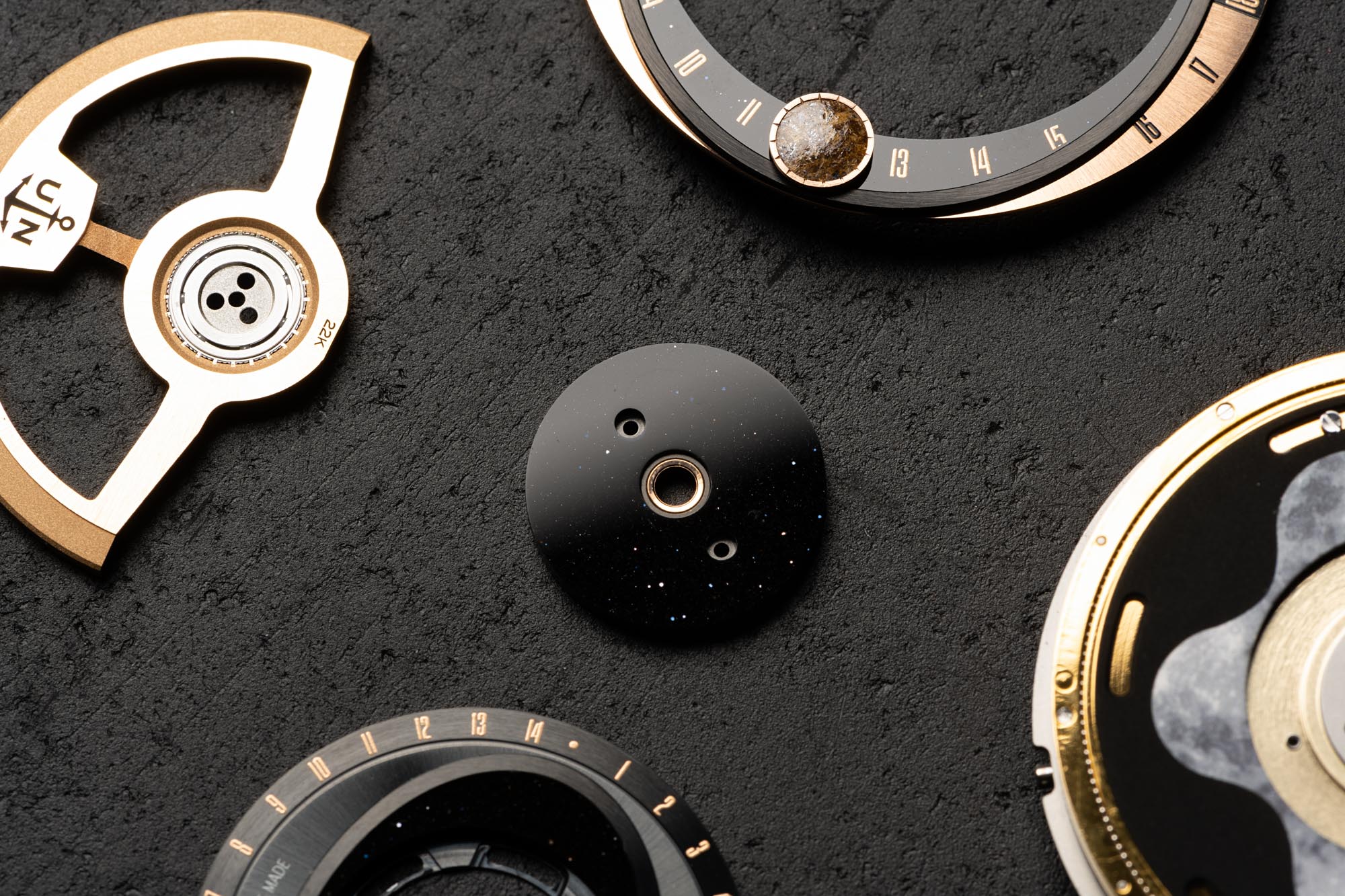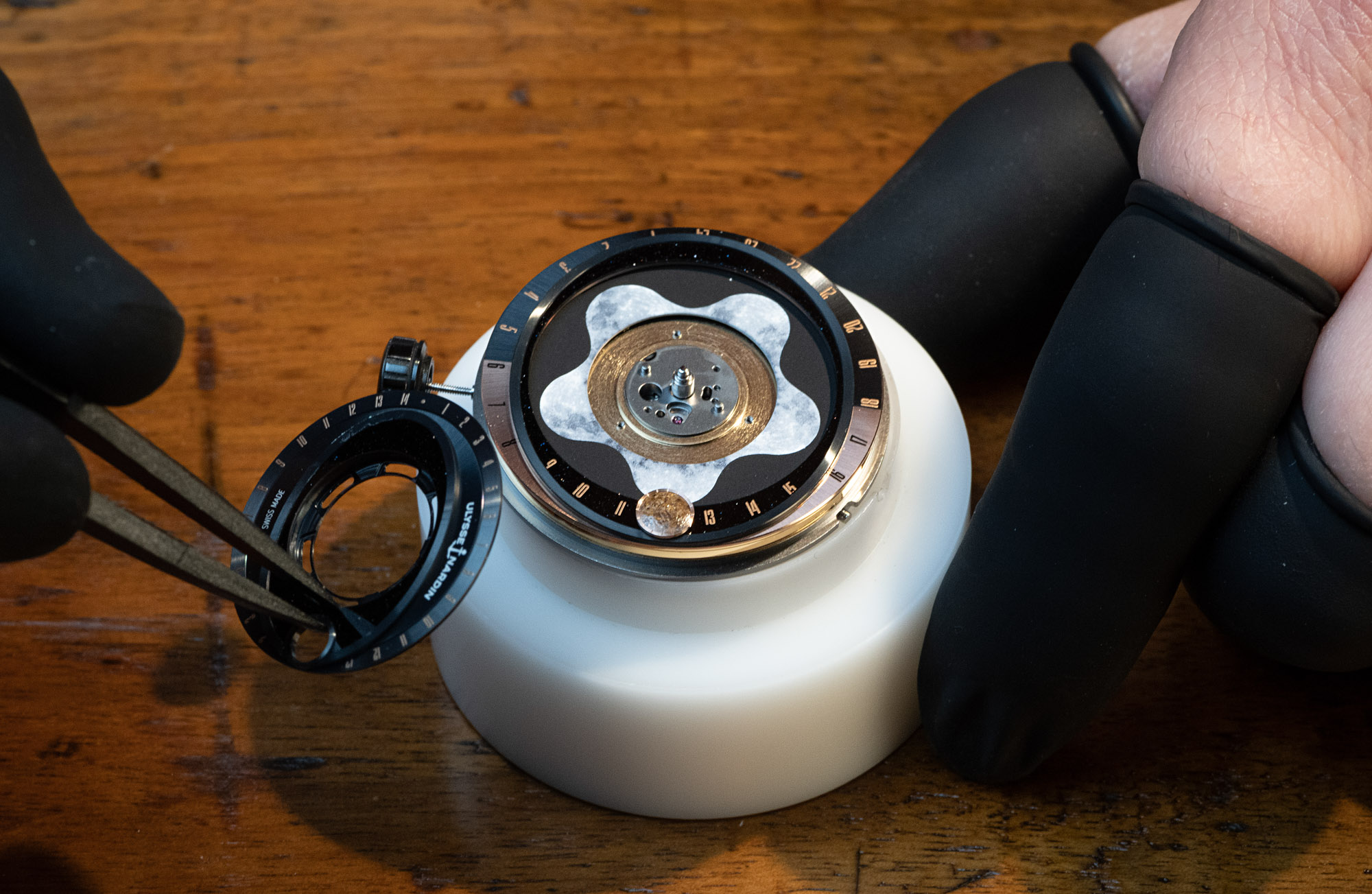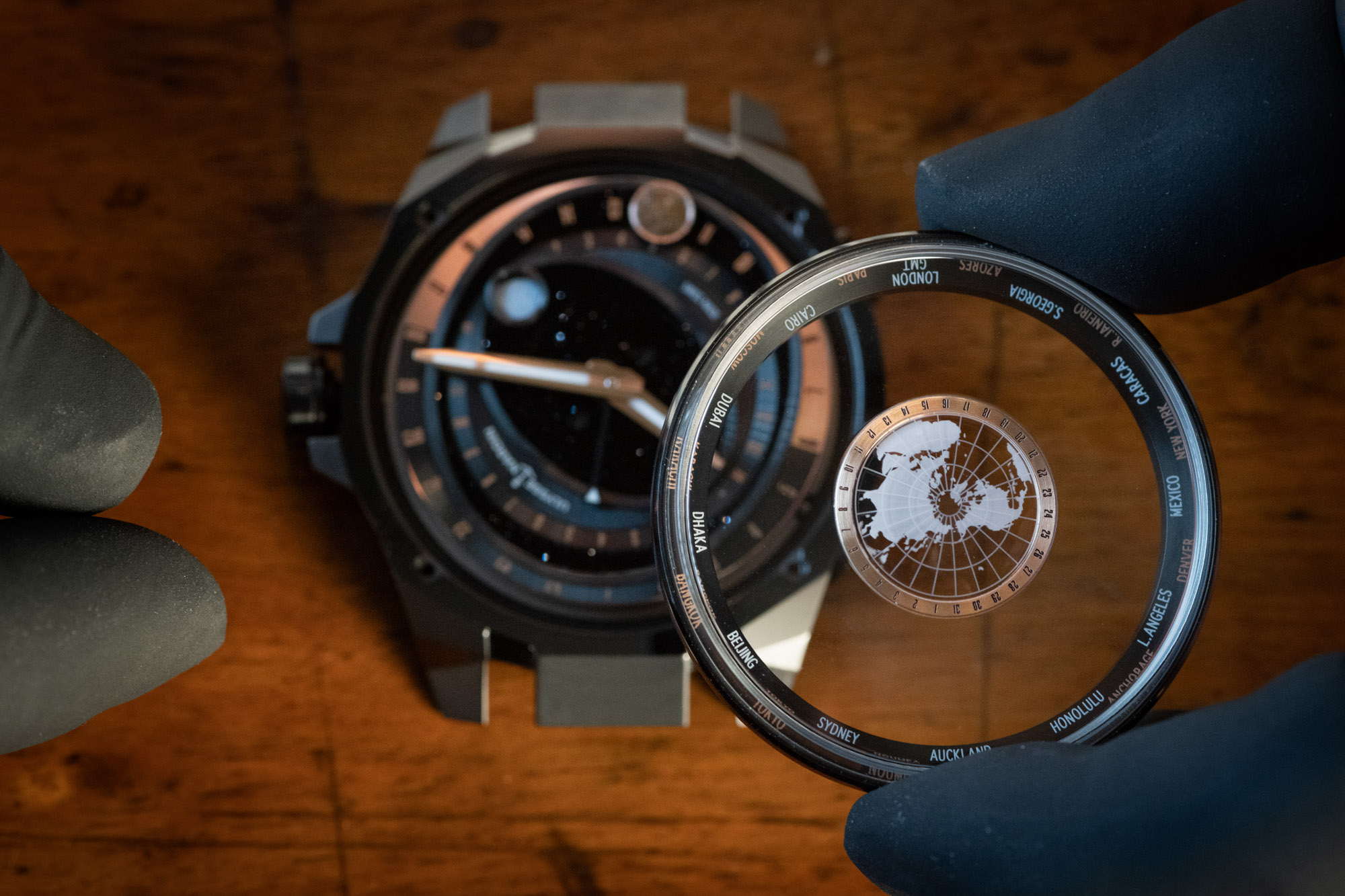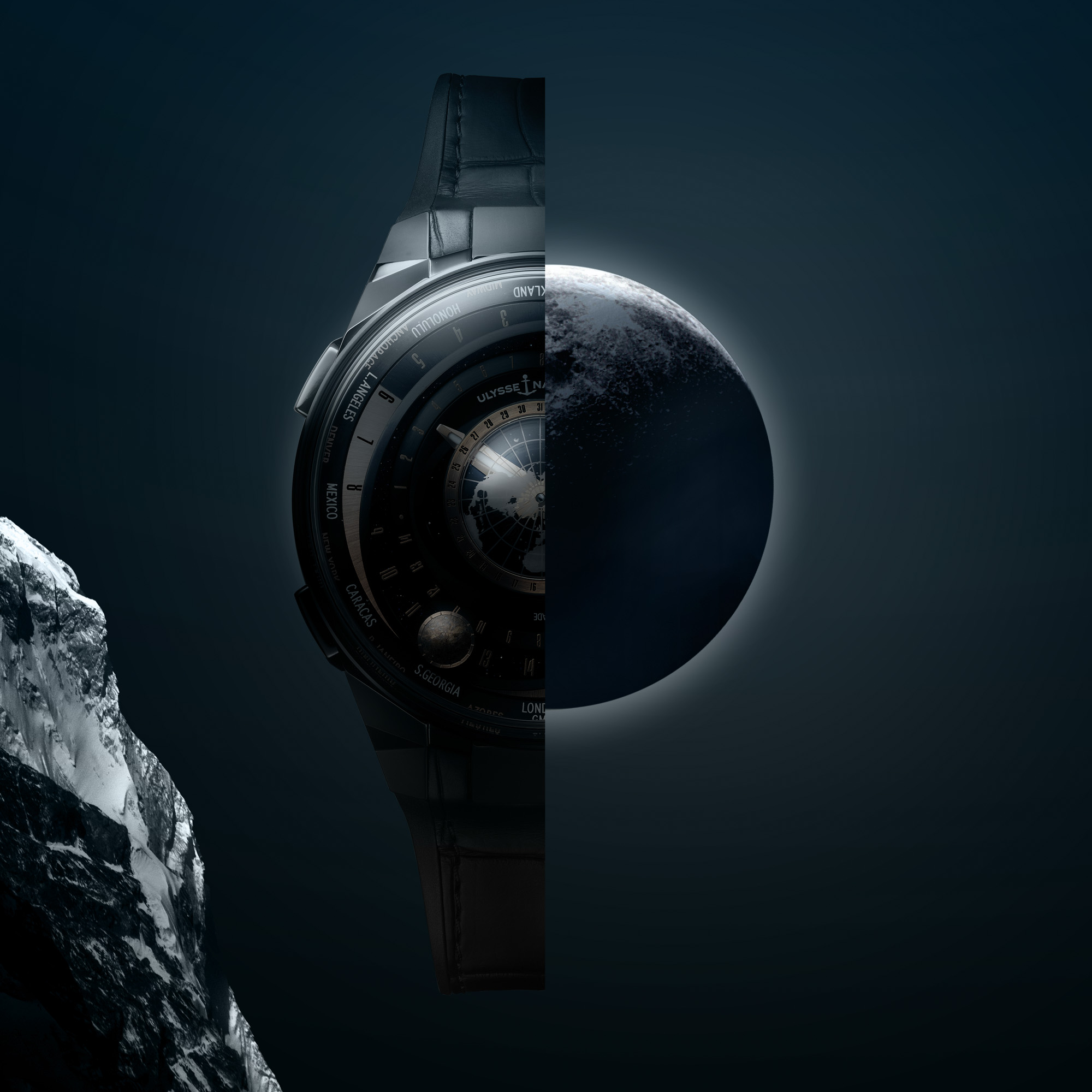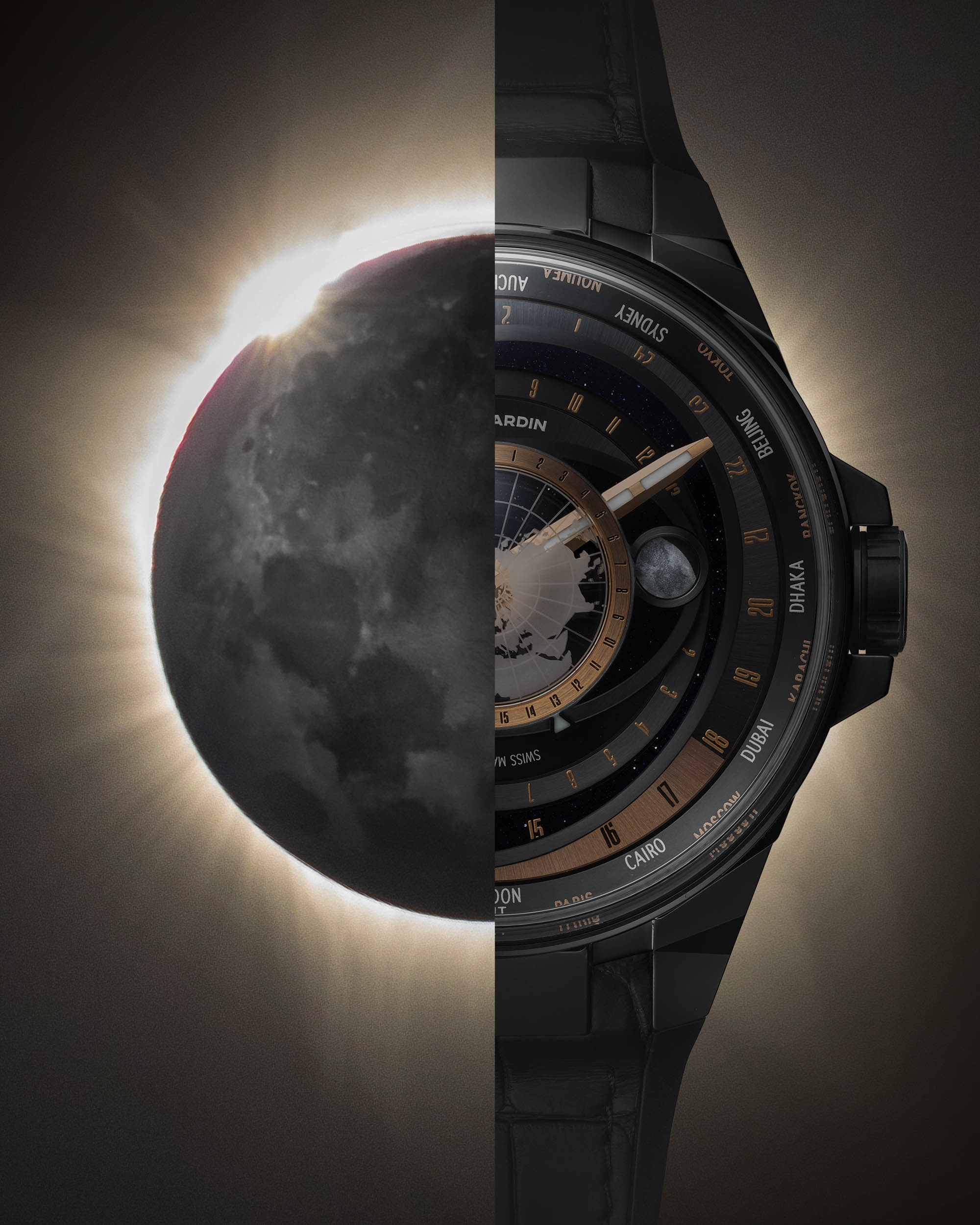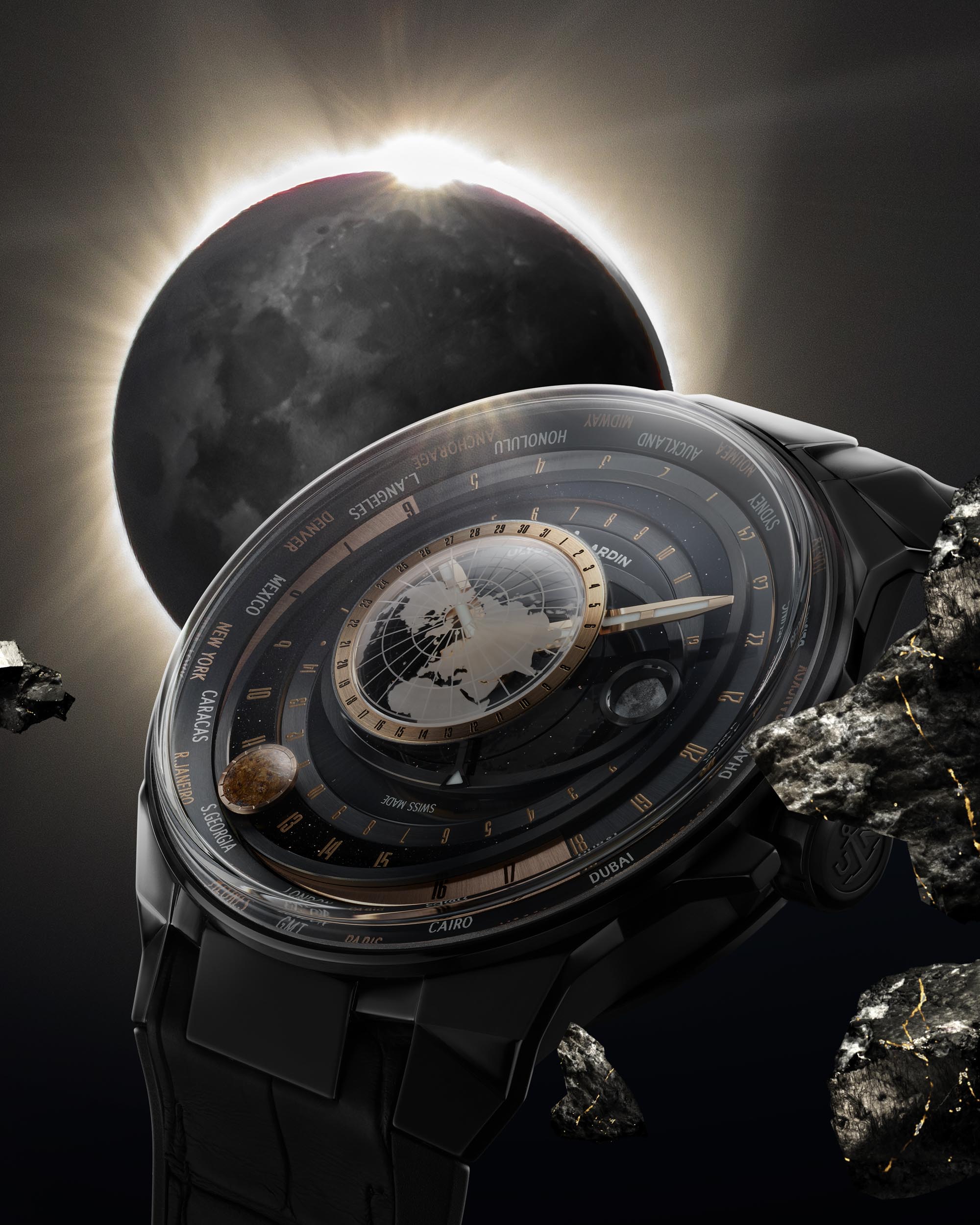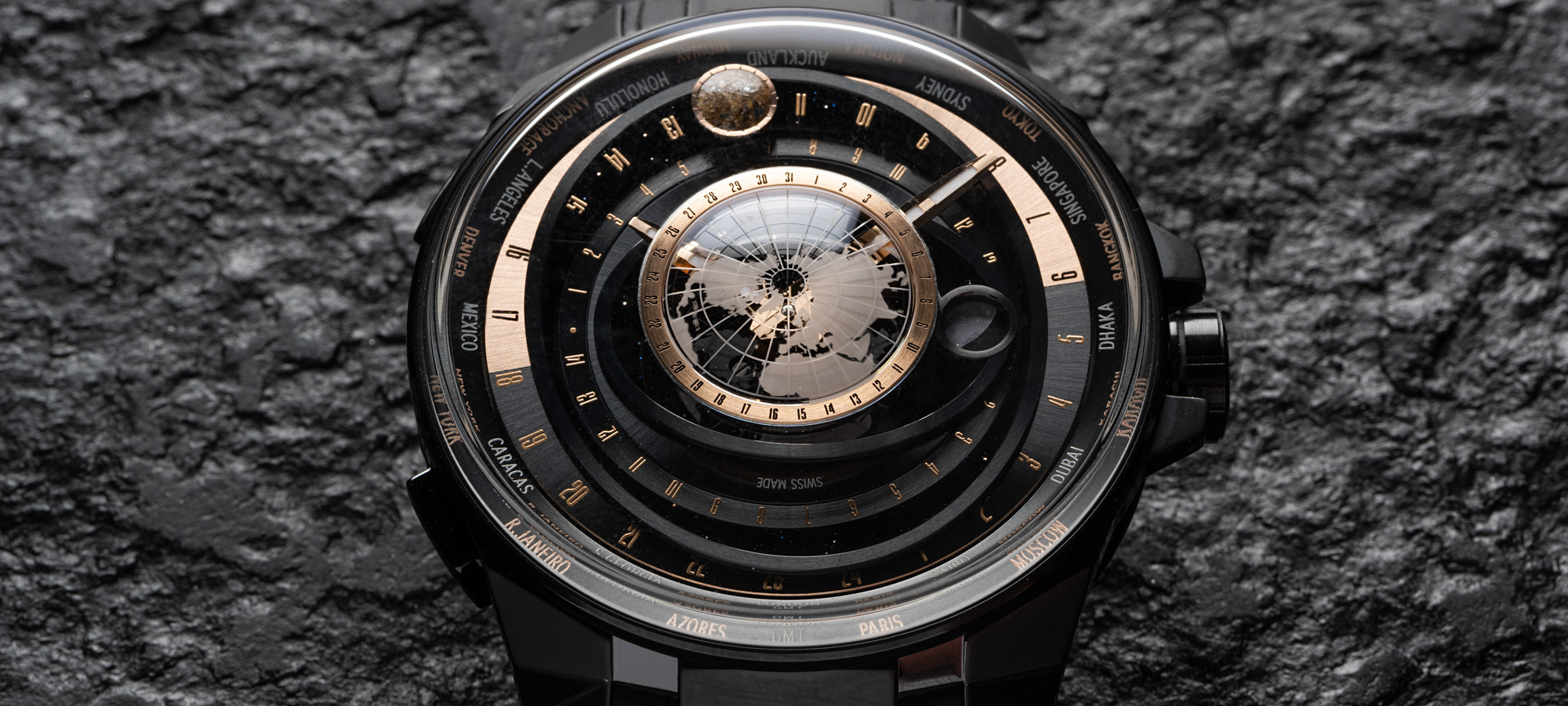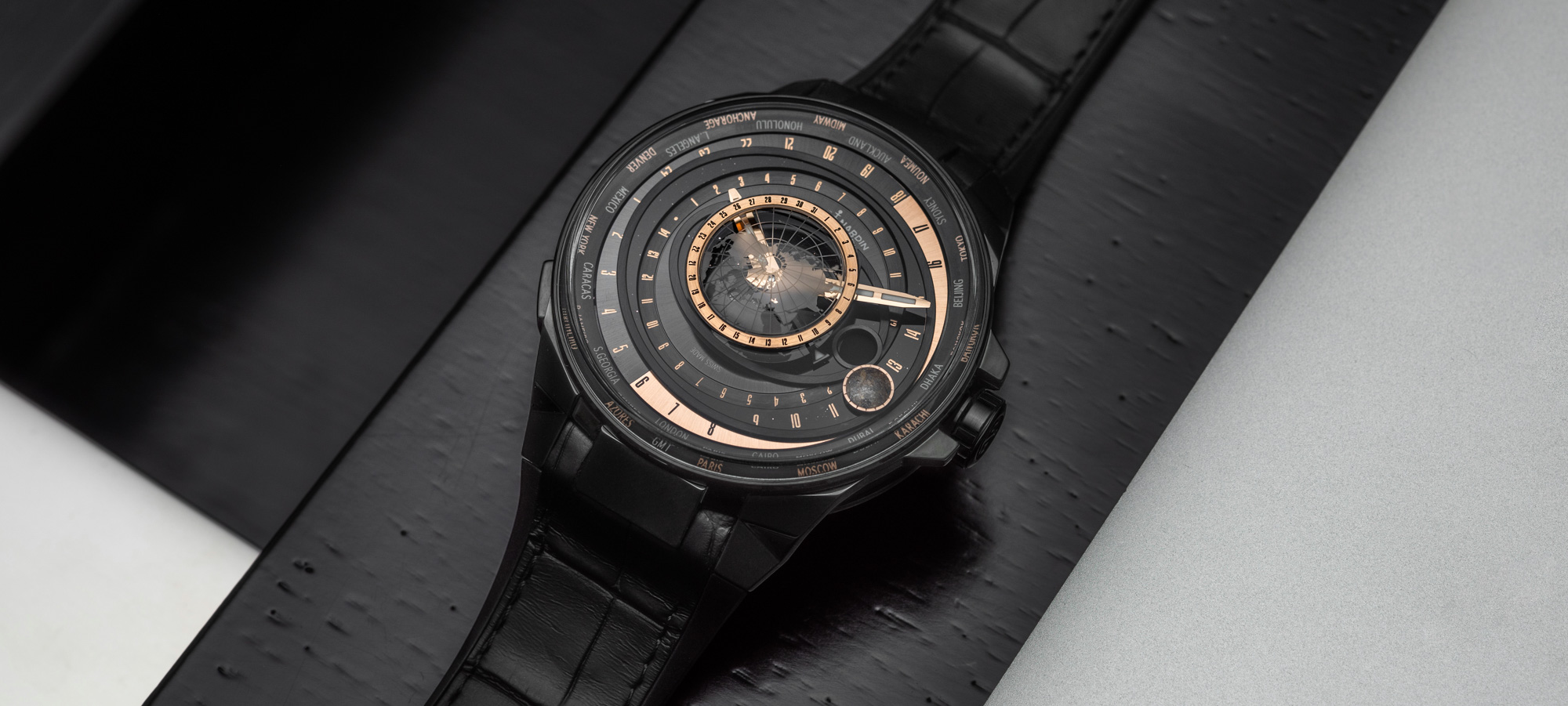
Today, with the opportune timing of the first day of a new lunar year, the Ulysse Nardin Moonstruck watch makes its return, now called the Ulysse Nardin Blast Moonstruck. Completely redesigned, more complicated, more nuanced and badass all around, the Moonstruck is rare in that it is an intimidatingly cool watch that is nevertheless ideally suited to wear all day, all year. There is a lot to unpack.
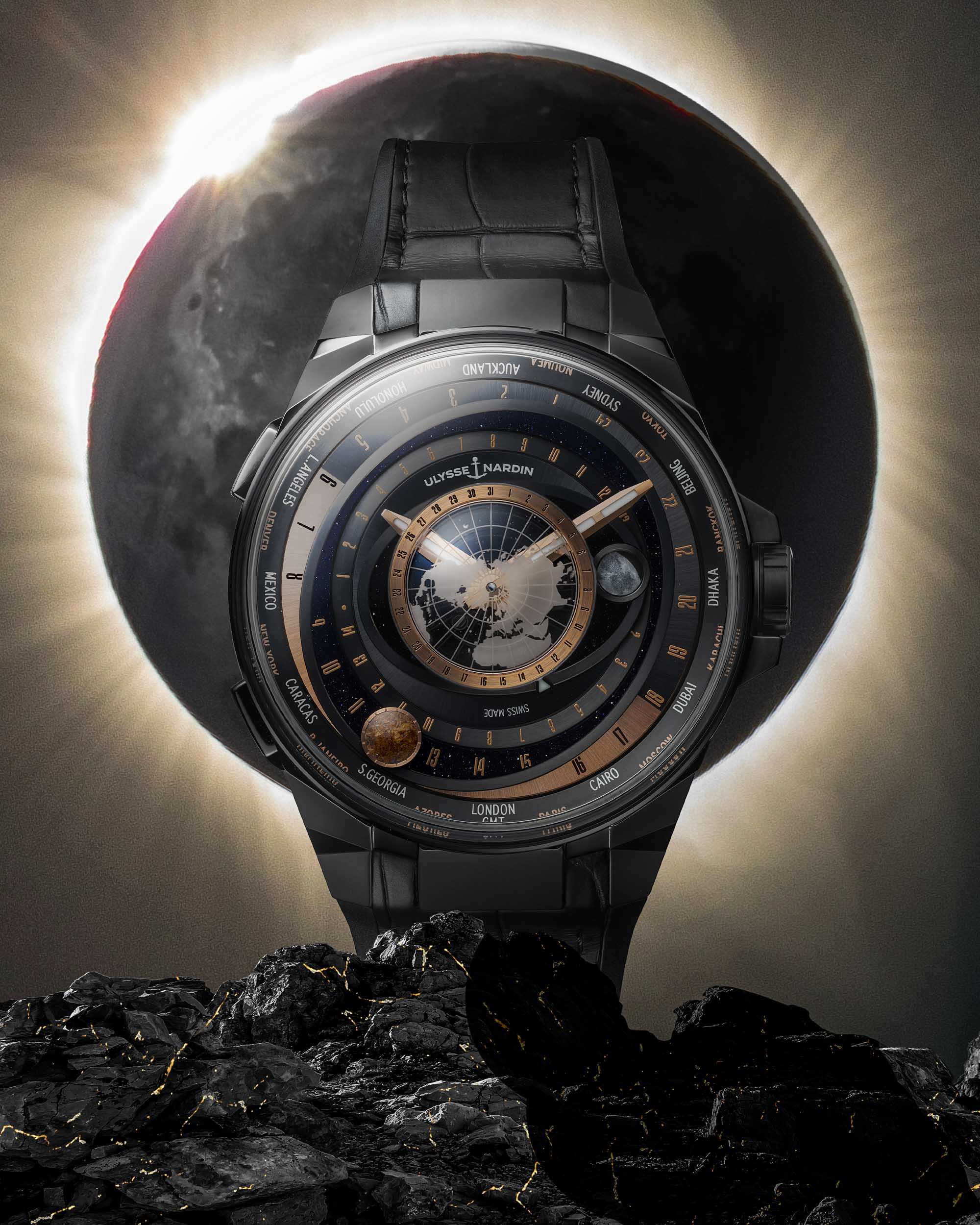
Over the past few years, dominated by mind-numbingly tame vintage re-launches and regurgitative 50th anniversary releases, it dawned on me that I haven’t experienced a sensation that had been pretty common when I got into modern luxury watches in the late naughties when crazy Harry Winston Opus and Urwerk and Ulysse Nardin Freak watches were developed and introduced. These all had amazing videos that pulled me right into the miniature world of monumental engineering challenges.
And then, I watched this new video with Ludwig Oechslin talking about his concept for the Ulysse Nardin Moonstruck watch, both the original and this new 2022 version. I found myself at the edge of my seat once again, at one point with laughter as my system tried to vent its sensation of exhilarating disbelief. The point is that the Moonstruck is back, and it’s still a monster of a watch capable of evoking such genuine reactions.
It was a challenge for me to find mathematical solutions of a different form. The new Moonstruck has a lot of readable displays that invite you to take a closer look and engage with it. Today, I know how it works, and I can make it myself — and it’s still an absolute bomb. – Ludwig Oechslin
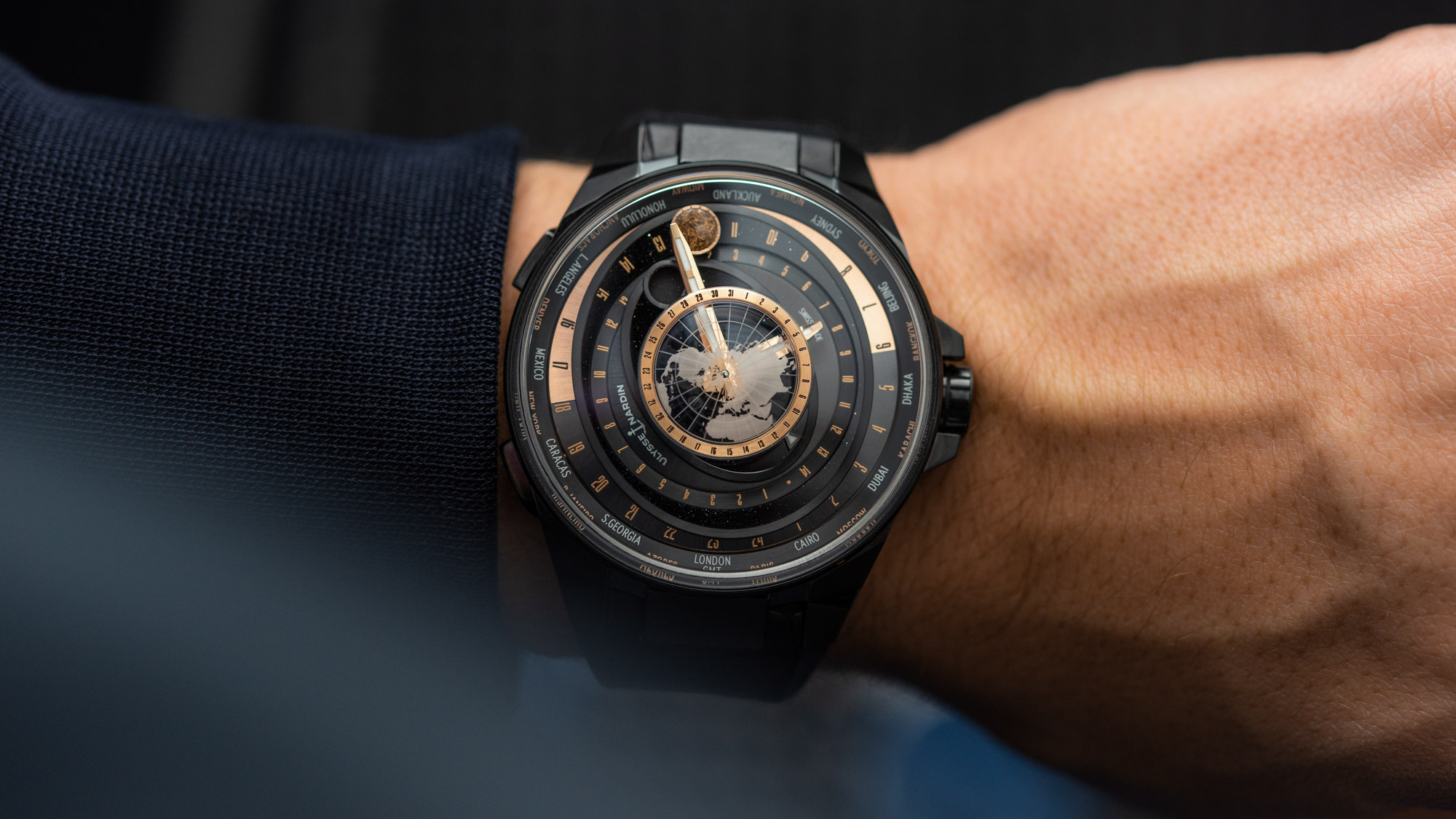
Here’s how the Ulysse Nardin Moonstruck works. The watch places the earth in its center and simulates the rotation of the moon around the earth, along with the apparent “movement” of the sun around the globe. I wonder if that makes the Moonstruck the Luxury Watch Of Choice Of Flat-Earthers? Hmm… Seriously, though, the point here is to simulate the way the wearer observes the sun and moon from here, on earth — it’s as simple as that. Beyond reading the prevailing moon phase in relation to any location in the world, the Ulysse Nardin Blast Moonstruck also allows the wearer to predict the dates of the spring tides at a glance by observing the sun and moon aligning on their respective ellipses. According to the manufacture: “For Ludwig Oechslin, the 1980s designer of astronomical wristwatches among the most complex ever produced, and for Ulysse Nardin’s development team, the Moonstruck was not intended to be an unnecessarily complicated watch, but a timepiece with a sober and efficient display, capable of rendering the celestial mechanics comprehensible to everyone.”
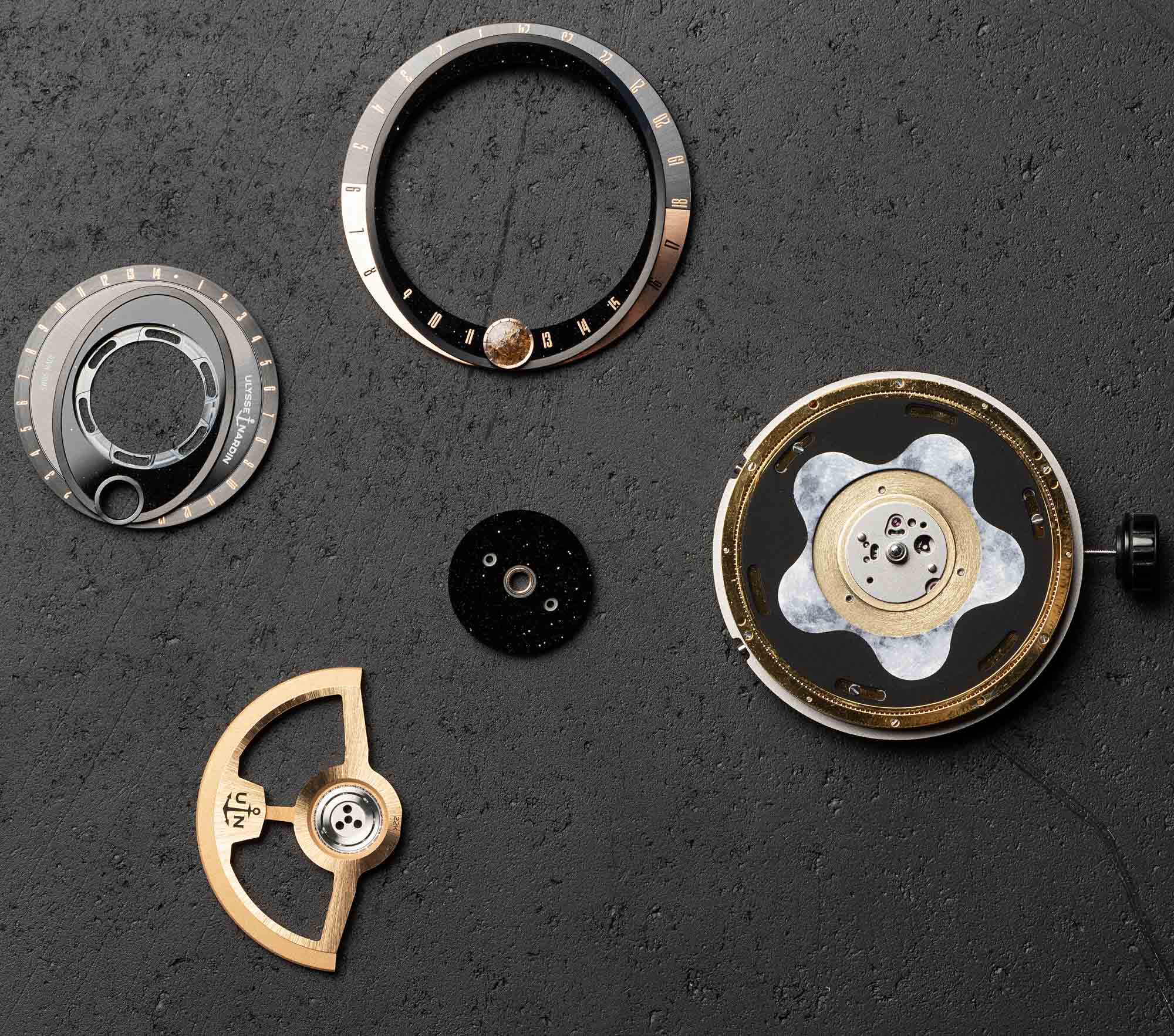
That said, as is normally the case with apparently straightforward and user-friendly devices, the underlying engineering and conceptual solutions are immensely complicated. Fully mechanical, the Moonstruck – and this is where the gibberish begins – provides a representation of moon phases in a round aperture located at the apogee (the point in the orbit of the moon at which it is furthest from the earth) of an ellipse portraying its orbit, which is depicted as being in the same ecliptic plane as earth for practical reasons.
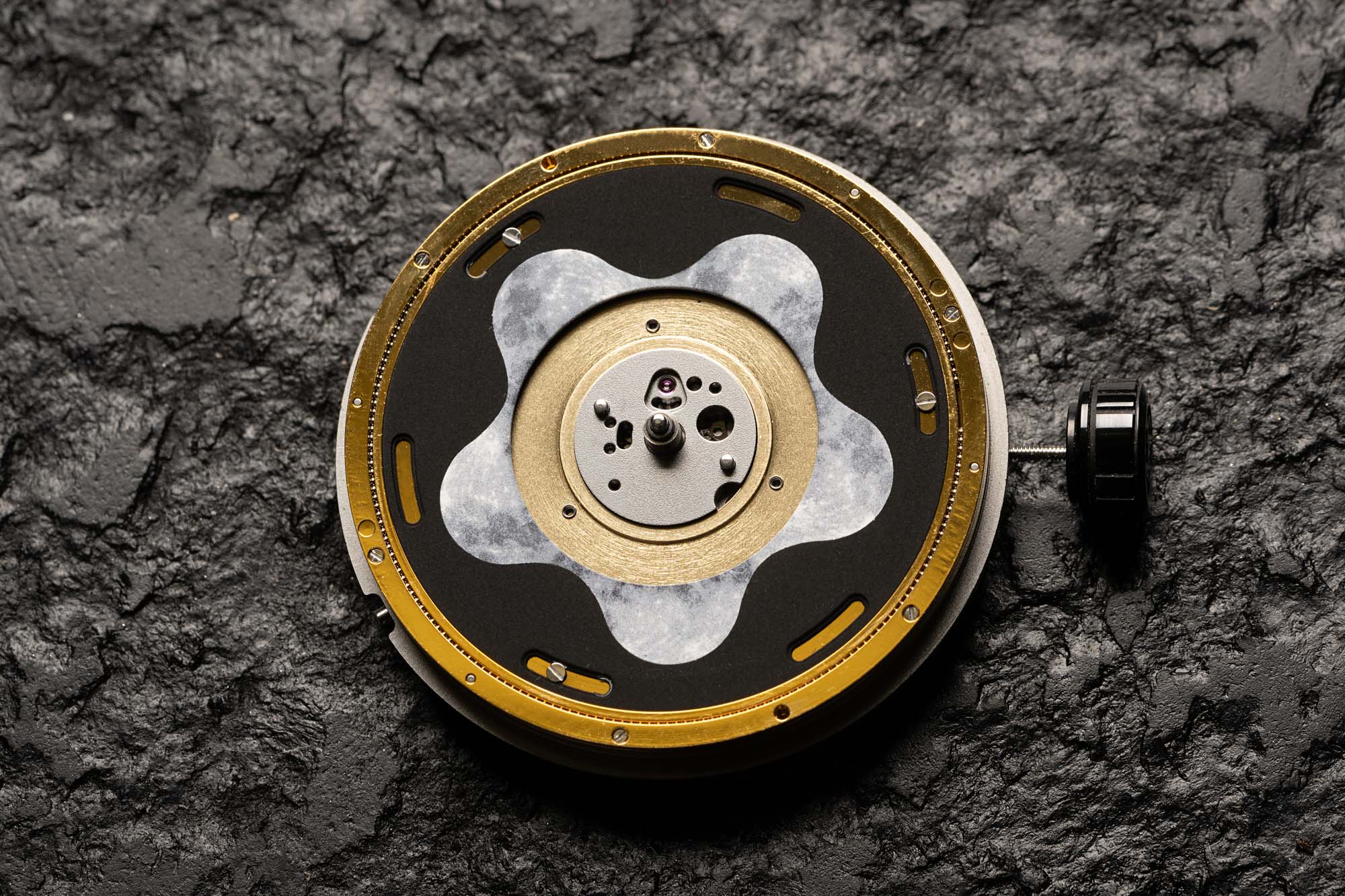

This aperture, carried by a disk, is associated with an elaborate gear train (who couldn’t see that coming?). It causes the moon phase indicator to make one complete rotation per day to follow the course of the sun, the source of the moon’s brightness, and also causes it to make a full circle of the dial in 29 days, 12 hours, 41 minutes and 9.3 seconds. That’s roughly the duration of a lunar month, also known as a synodic rotation, which has an astronomical duration of 29 days, 12 hours, 44 minutes, and 2.9 seconds. To conserve accuracy, the aperture showing the moon retreats every 24 hours on its circle of revolution by an angle corresponding, in degrees, to 1/29.53 of a lunar month to occupy a new position in relation to the sun. Lost yet? At the same time, the representation contained in this small mobile aperture also evolves to appear a little brighter or dimmer in line with the lunar calendar. When a portion of the moon is visible in it, the aperture conserves an identical position in relation to the sun.

The moon phase display, described as being “of precision” because it will produce a divergence of one day only after 40 years of working without any adjustment or reset, is associated with markings of the ages of the moon. That isn’t the most accurate mechanical moon phase in the world of wristwatches, but it’s plenty accurate enough. The sun is reproduced in relief and made of bronzite, a rare and precious mineral of the pyroxenes family with a golden surface punctuated with dark patches intended to reproduce those observable with a telescope on the mantle of the star.
Without question, reading the various displays of the Moonstruck takes a bit of time getting used to – unless you are a hobby or professional astronomer – but at least there is more to wrap your head around here than the way a steel bracelet integrates with a steel case.
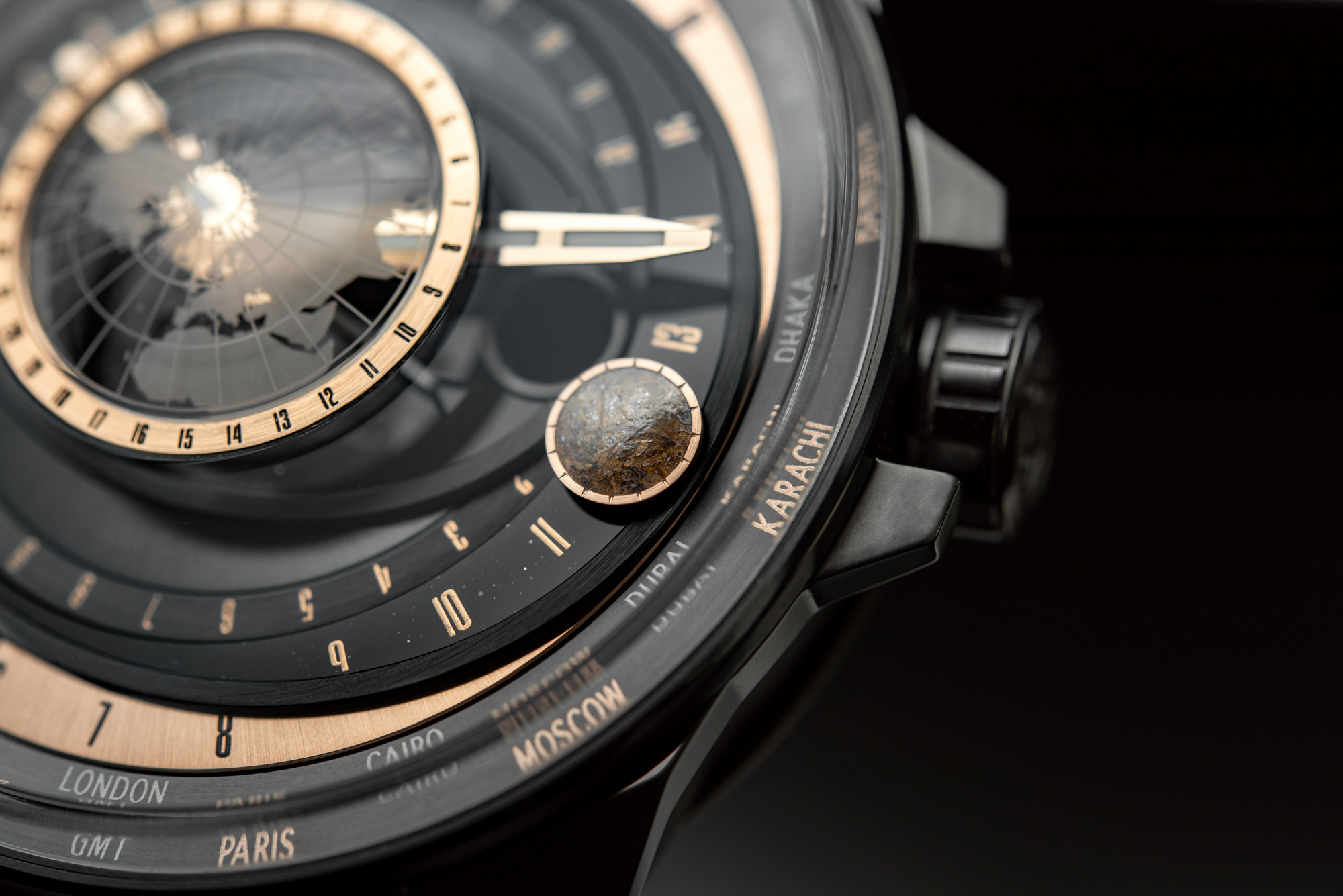
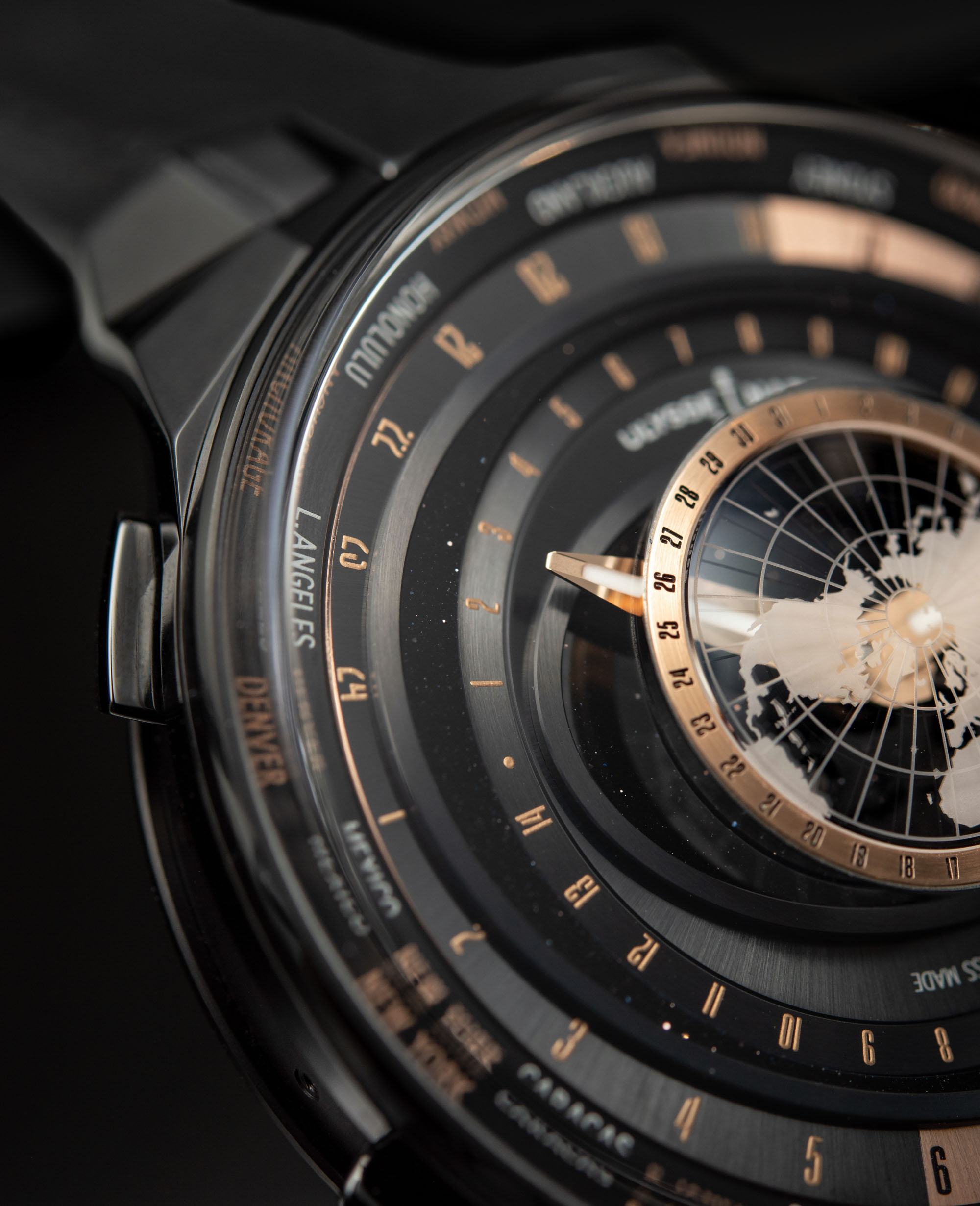
Two pushers, a setup familiar to many Ulysse Nardin owners, are set into the left side of the case. These allow for the instantaneous advancement or retardation of the hour hand in one-hour increments, on the fly. This comes in handy when traveling – and also when switching for daylight savings time – because the hours of the main time display can easily be adjusted for the traveler’s current time zone without upsetting all the other indications. There also is a city ring and a 24-hour display to function as a world-time display. This remains unchanged when using the pushers to jump the main hour hand.
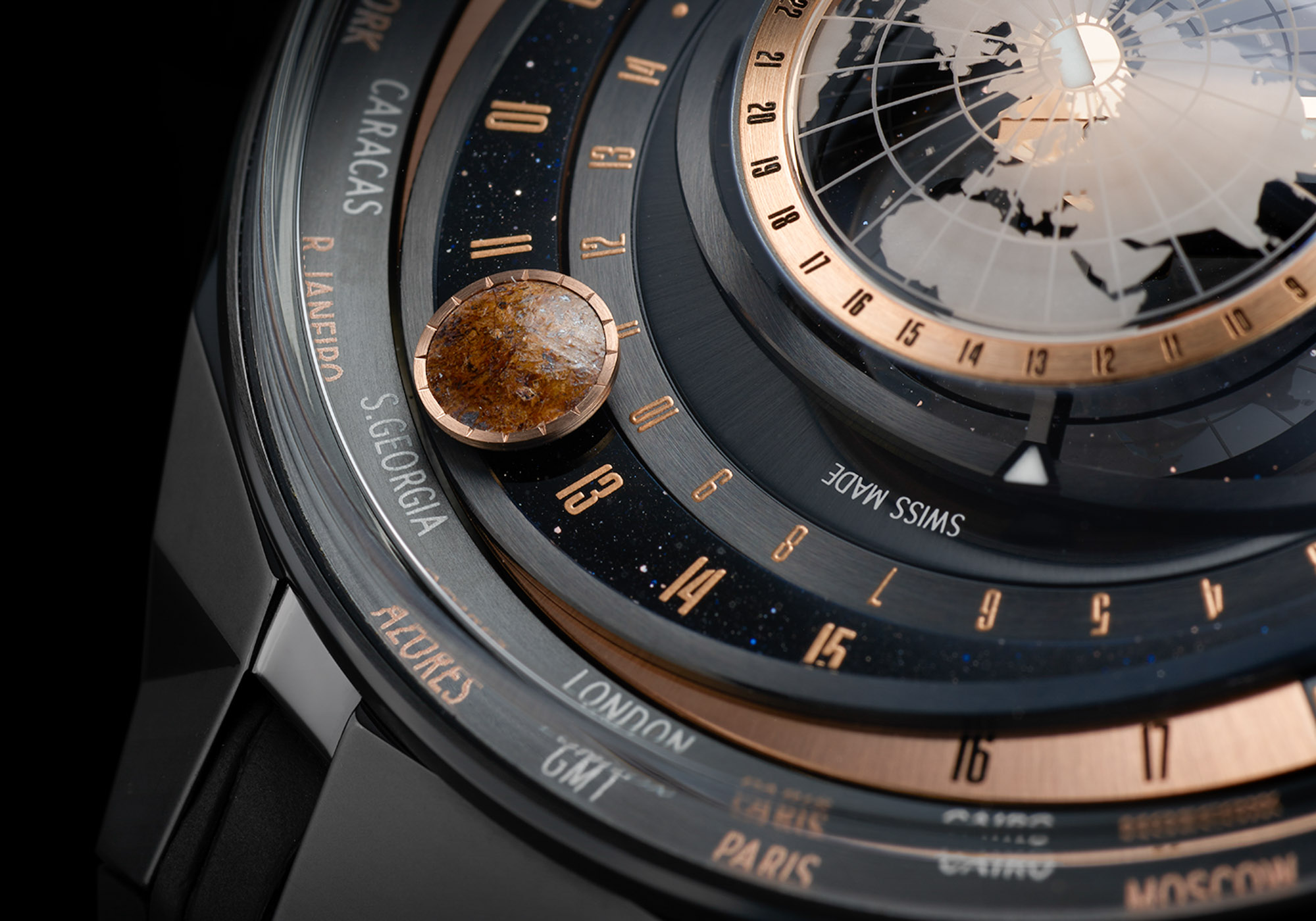
To accentuate this sensation of being at the heart of the universe based on observation of the watch, Ulysse Nardin’s designers, together with the master, Ludwig Oechslin, chose to place the part of the northern hemisphere seen from the North Pole at the center of the instrument’s sapphire crystal. For a true 3D effect, the domed crystal, with the land masses micro-engraved on the inside, is set in the (mind you, boxed) sapphire crystal and is framed by an 18k rose gold ring engraved with the 31 days of the month. A small white triangular pointer with luminescent material reaches out from underneath the globe and points backward, onto the 31-day scale.
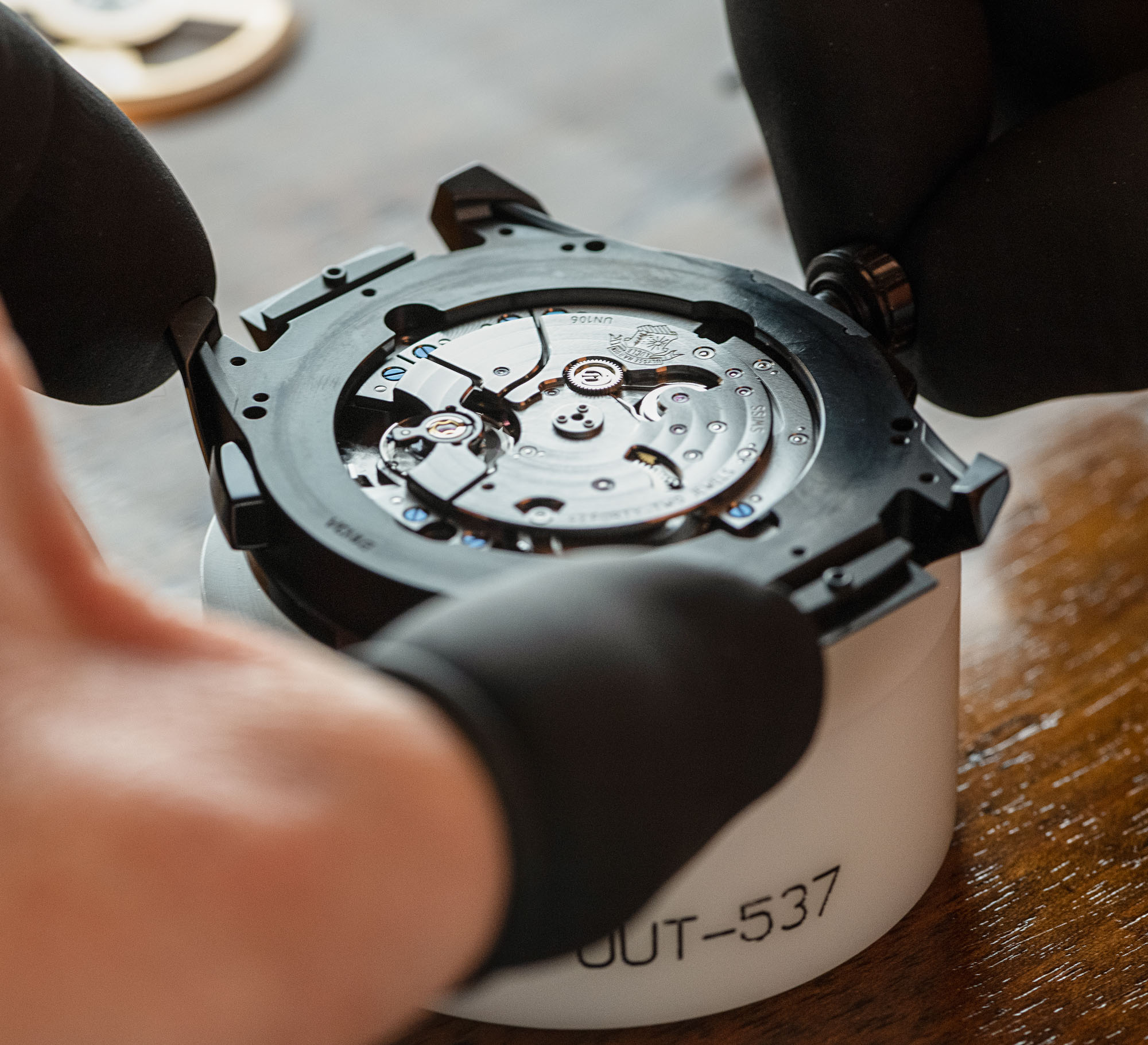
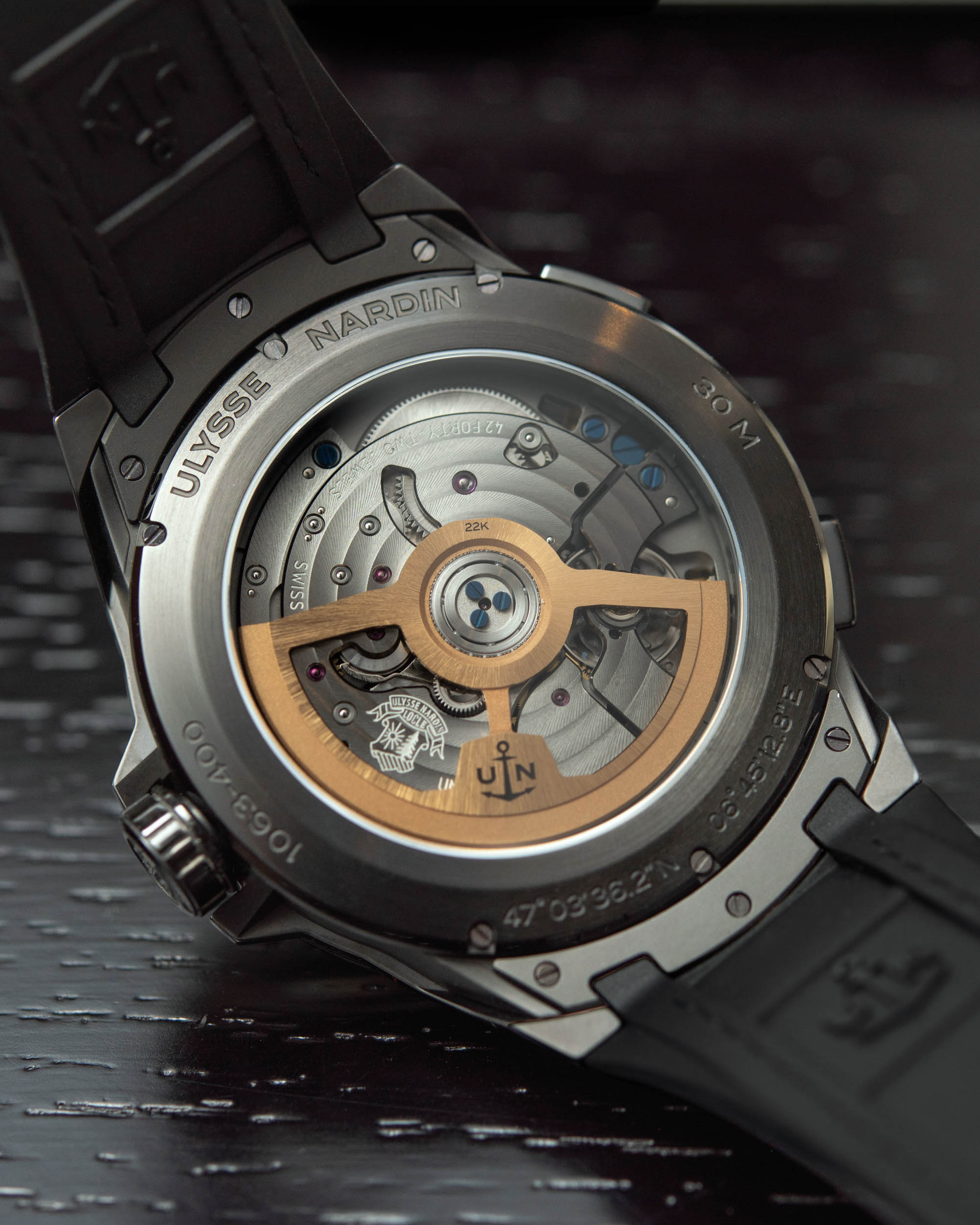
Animating all this celestial madness is the Ulysse Nardin UN-106 manufacture movement. A self-winding caliber with 50 hours of power reserve, running on 4 Hertz – a more modern frequency more ideally suited for accuracy throughout daily wear and so a good match for such a watchmaking exercise. The UN-106 caliber comprises 335 components, 42 jewels, and displays the hours, minutes, date, moon phase, days of lunar month, tidal coefficients, world time and dual time, as well as the observed position of the sun and moon around the globe. The movement is revealed by a sapphire crystal and black DLC titanium caseback (the rest of the case is ceramic, more on that in a moment) and it features a solid 22kt gold rotor for the self-winding system. Oh, and (spoiler alert) if you look up the coordinates etched into the caseback, you’ll find yourself at the doorstep of one of Ulysse Nardin’s buildings.
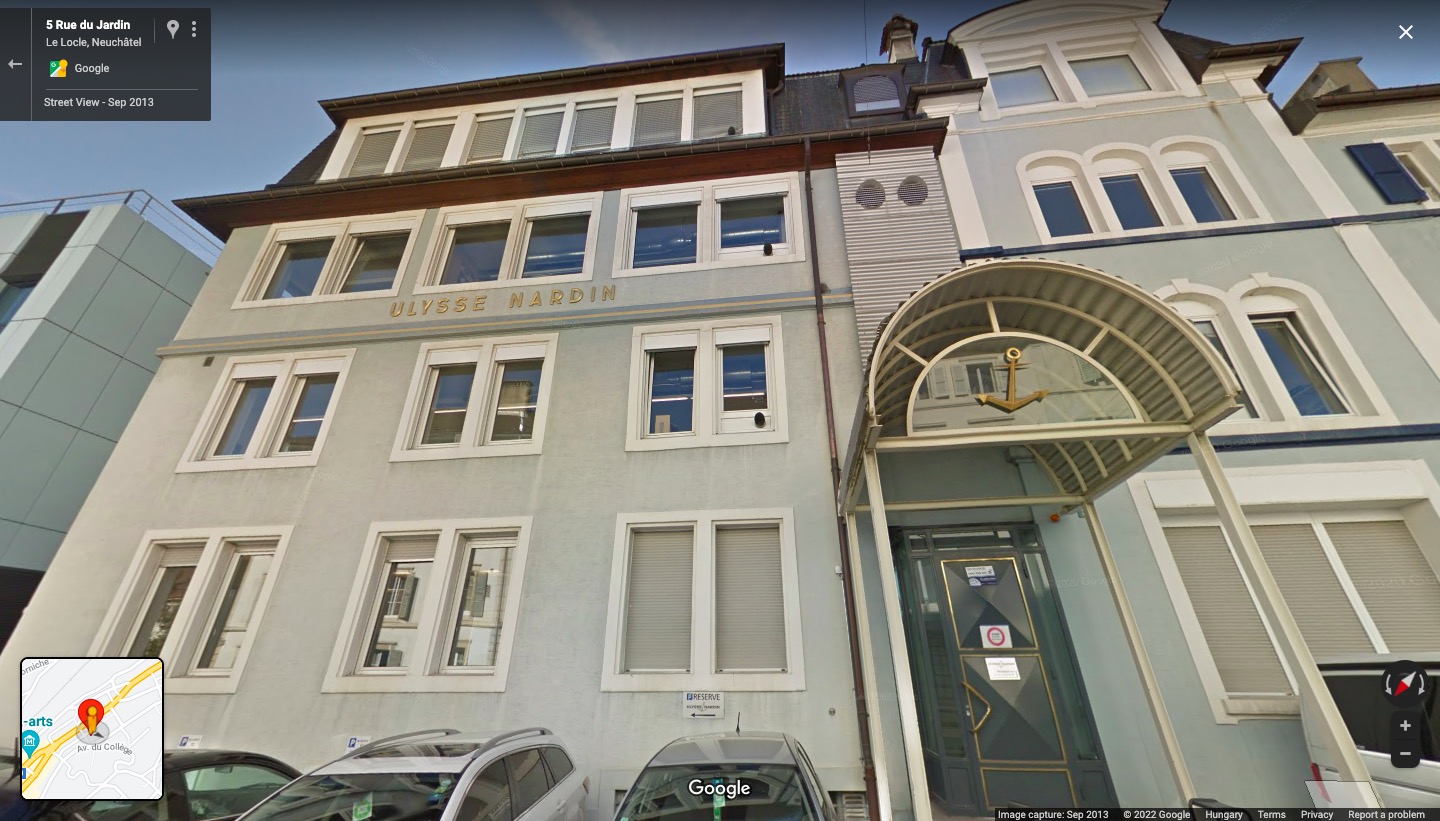
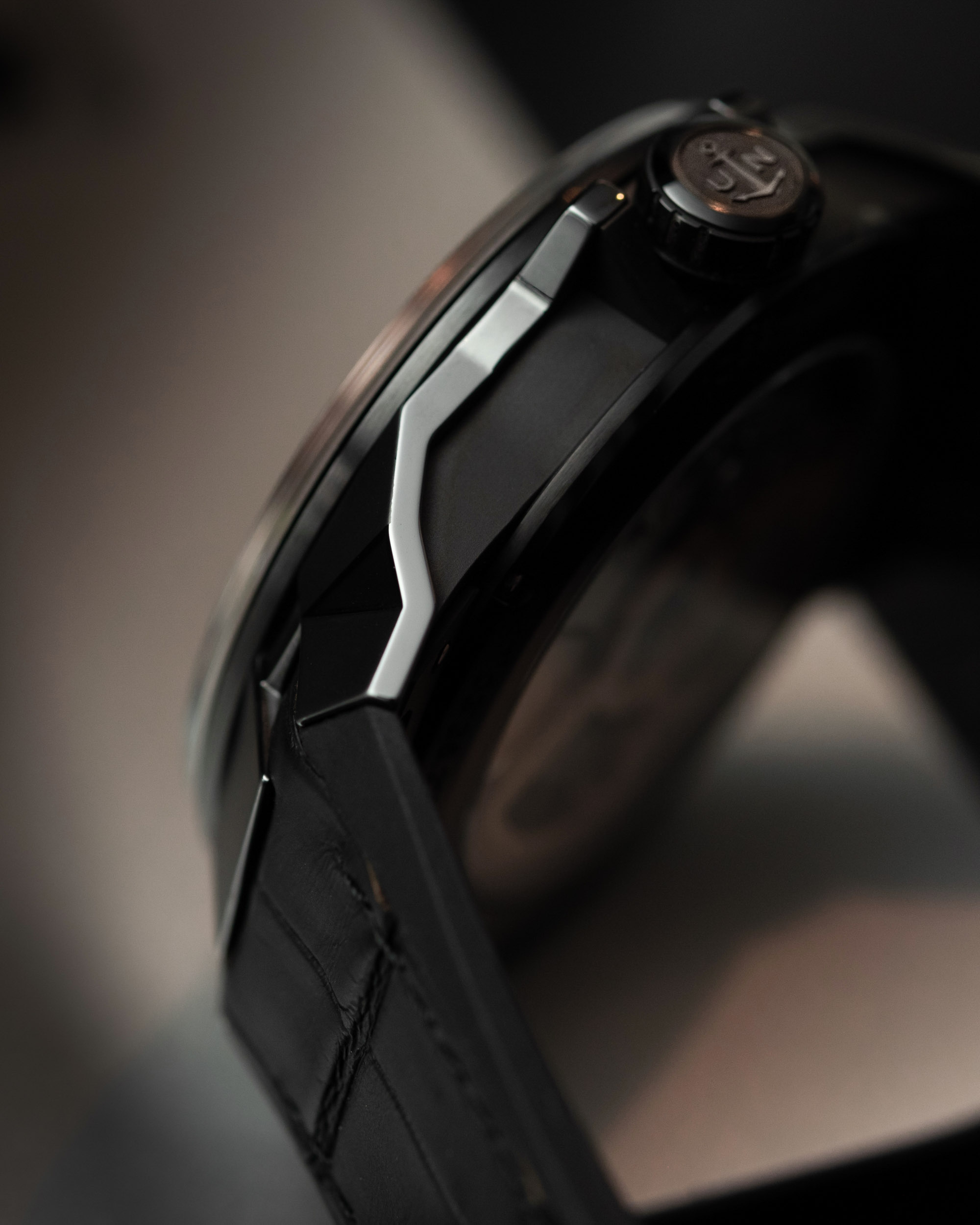
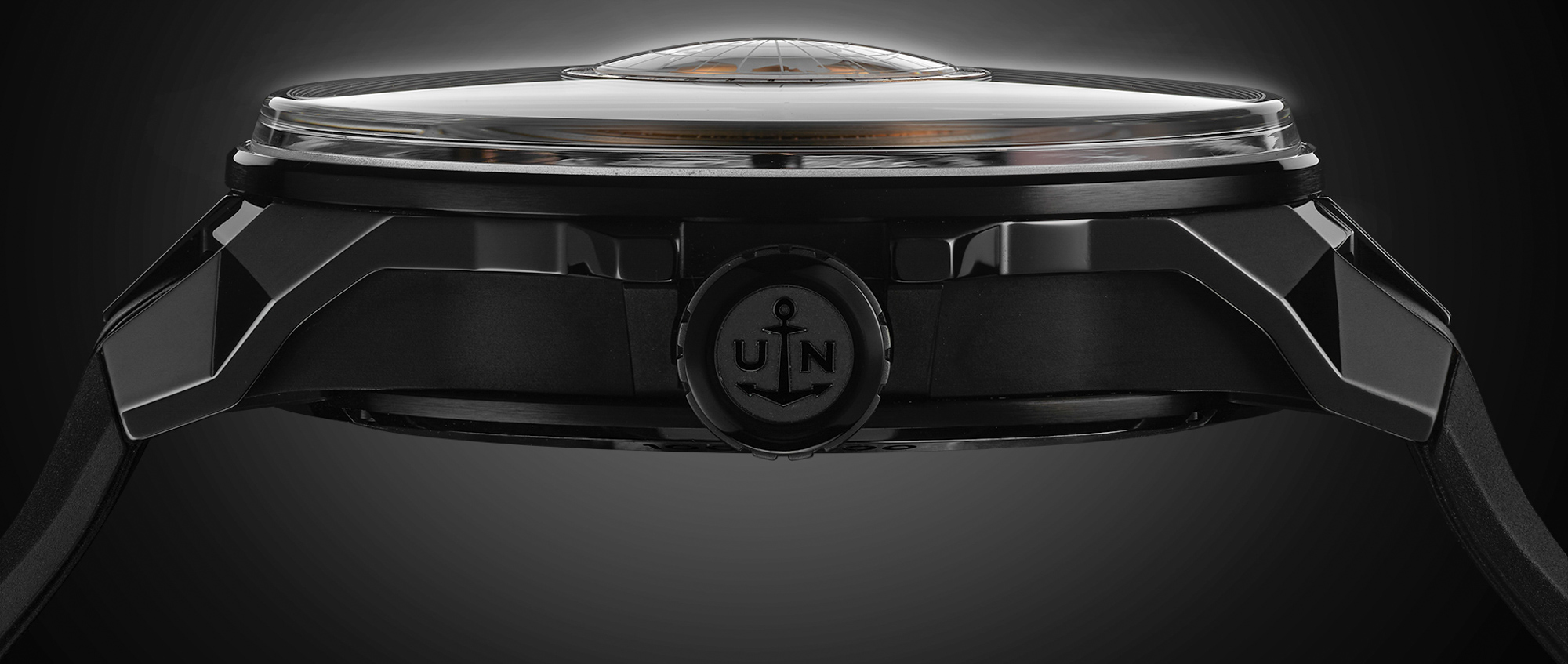
The case itself is of the more recent Ulysse Nardin Blast design that we have introduced and discussed at length here. In essence, what makes it special is its use of seemingly impossible angles on its lugs – impossible in the sense that they “shouldn’t” have alternating finishing – and yet, they do. To read the clever solution to making this unique case design work, read that article we just linked to. The case in black ceramic is virtually scratch-proof – unless you trip in a diamond mine – and light and comfy to wear. We don’t have an exact figure on thickness, but it is apparent that despite its multi-layered construction, the Blast Moonstruck is still a perfectly wearable watch, no thicker than your average automatic chronograph.

There is a very positive and powerful sense of monumentality and horological intimidation radiating from the proportions and color scheme of the Ulysse Nardin Blast Moonstruck. It’s a remarkably confident watch – and, if you’ve just heard Oechslin speak and understand the way Ulysse Nardin approaches watchmaking, you’ll find that no surprise. The Moonstruck has always been a flagship watch not just for the brand but also for modern Swiss watchmaking because it has taken the most poetic genre of complications (astronomical) and placed it so boldly and confidently into the center of the watch — without sacrificing the legibility of time and wearing comfort, i.e., without becoming another l’art pour l’art exercise in high-end watchmaking.
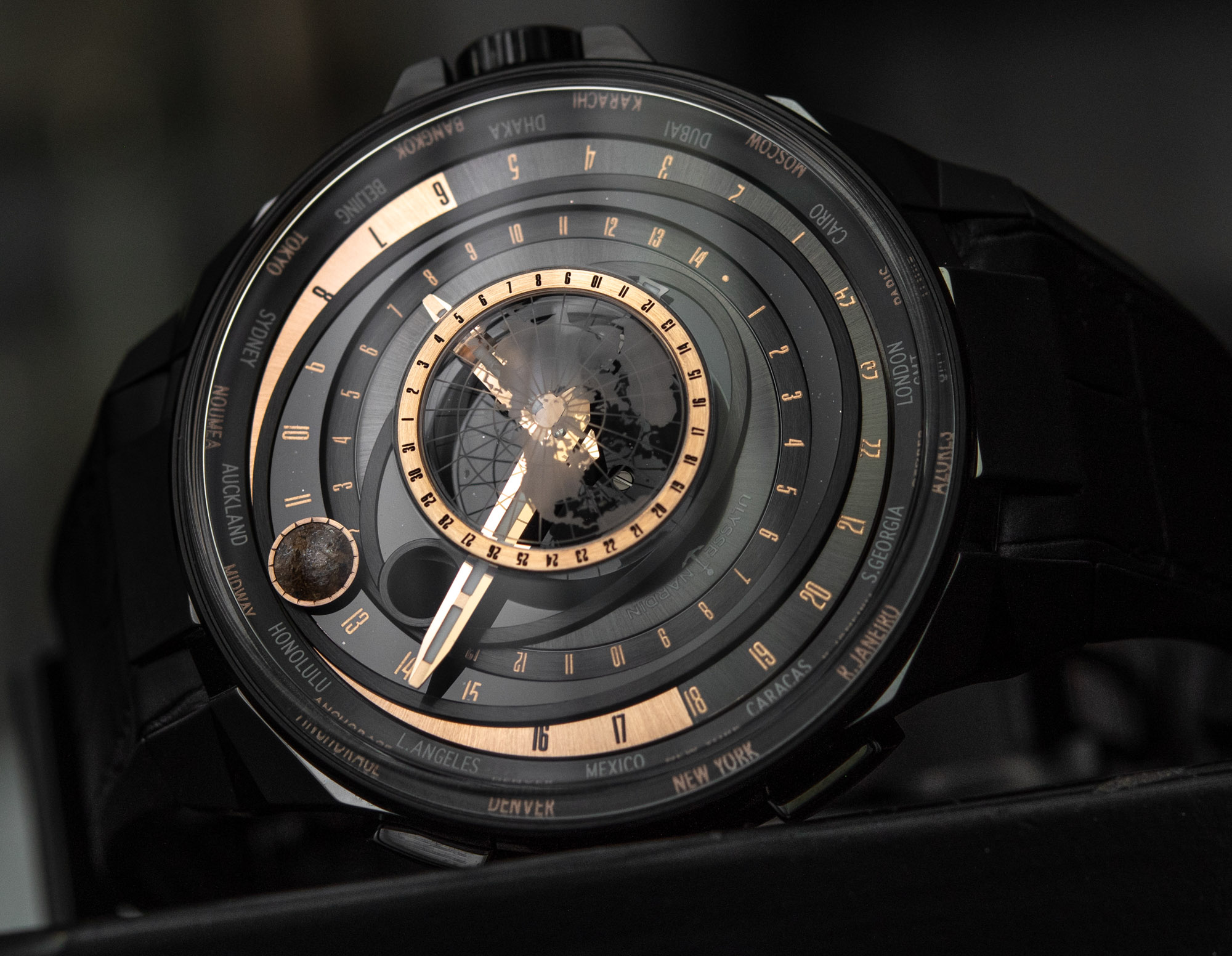
On a personal note, I am thrilled the Moonstruck and Ludwig Oechslin are back – in truth, in recent years, I have always been anticipating, or rather hoping for, its return. I didn’t see that happening in the Blast formula, but this case seems as though it were made for this complication.
Limited in production, for obvious reasons, but not to a specific quantity (giving those fortunate folks who want one an actual chance of getting it, eventually), the Ulysse Nardin Blast Moonstruck is priced at 75,000 Swiss Francs. You can learn more at the brand’s website.

